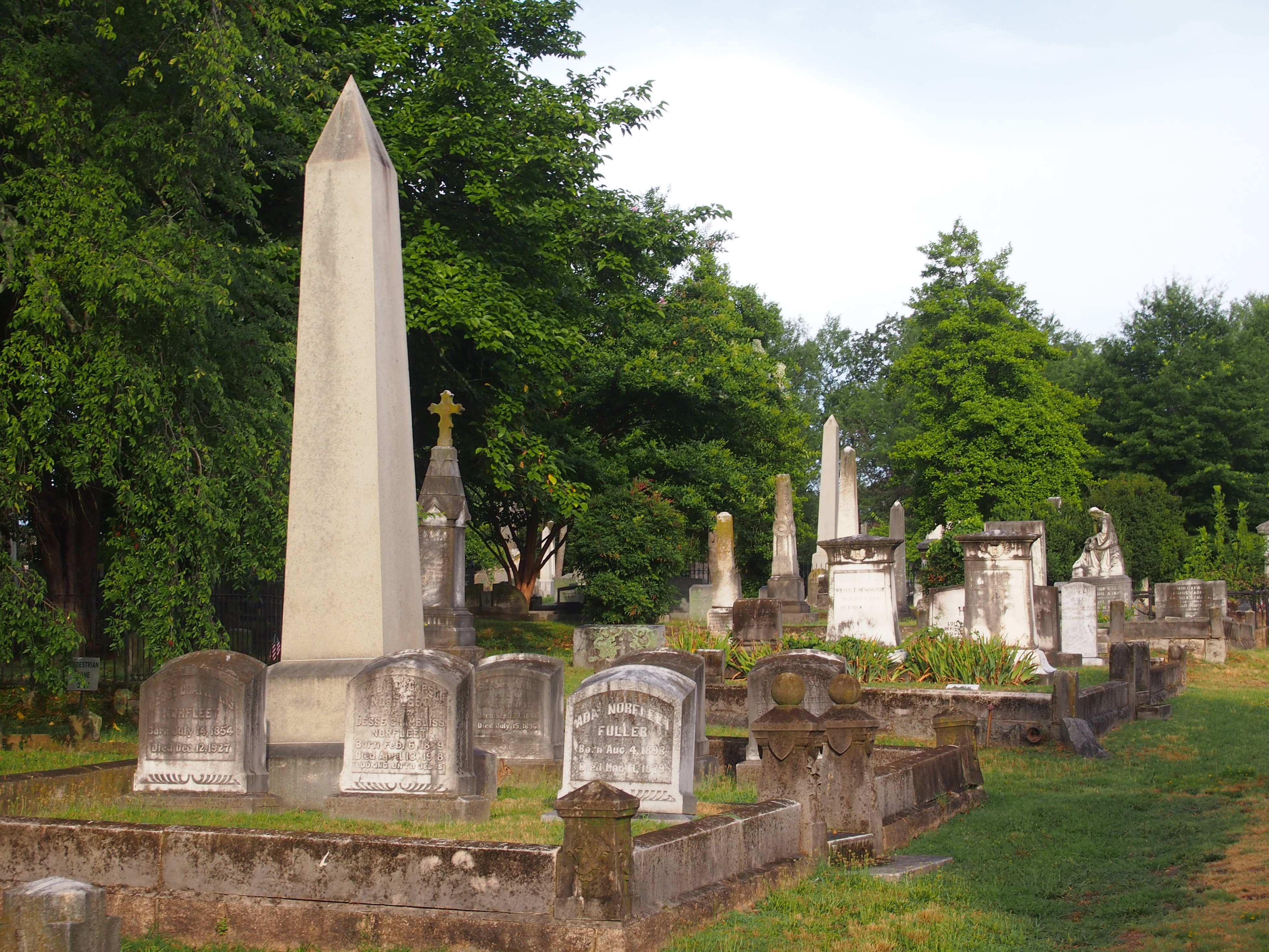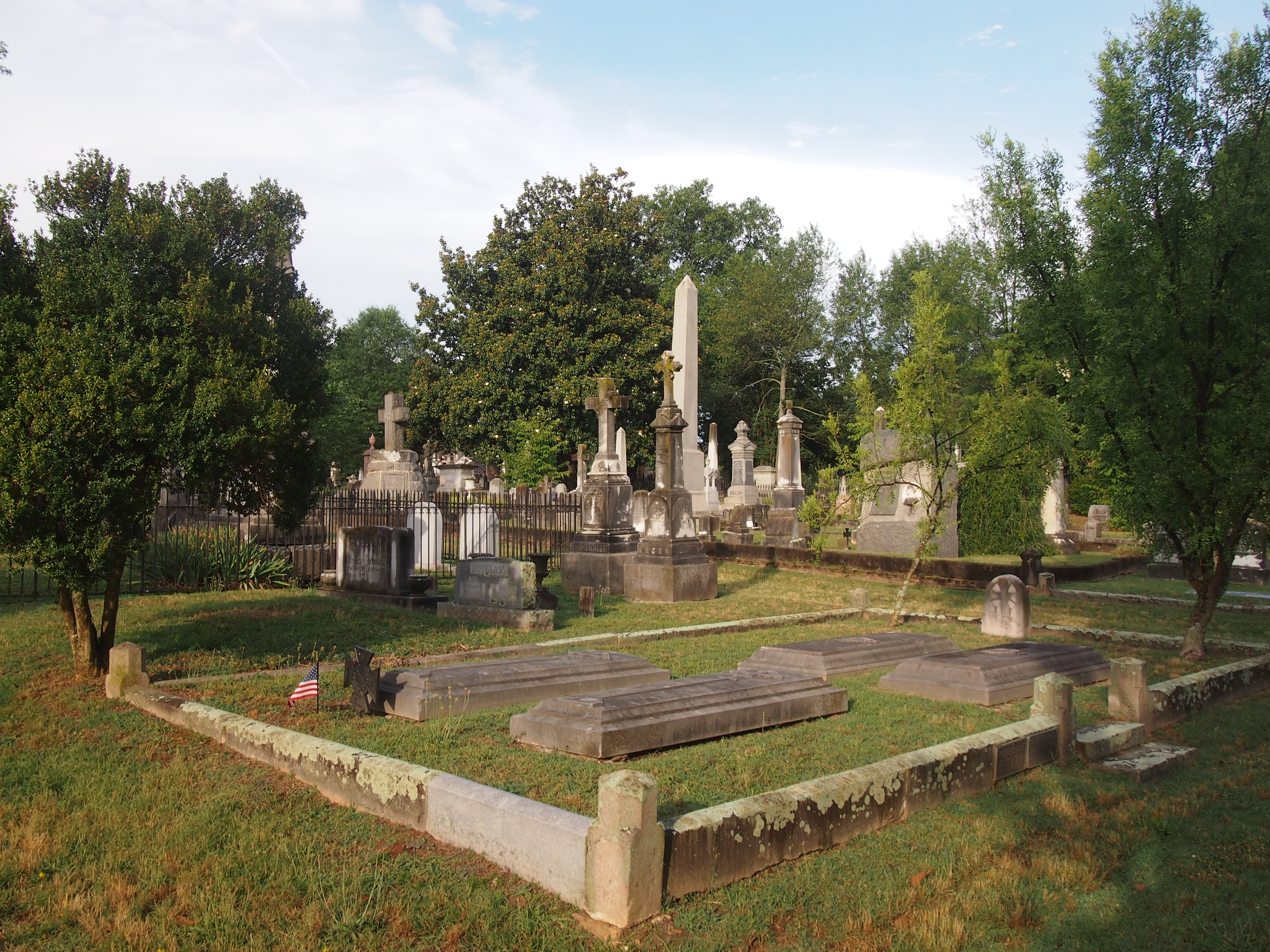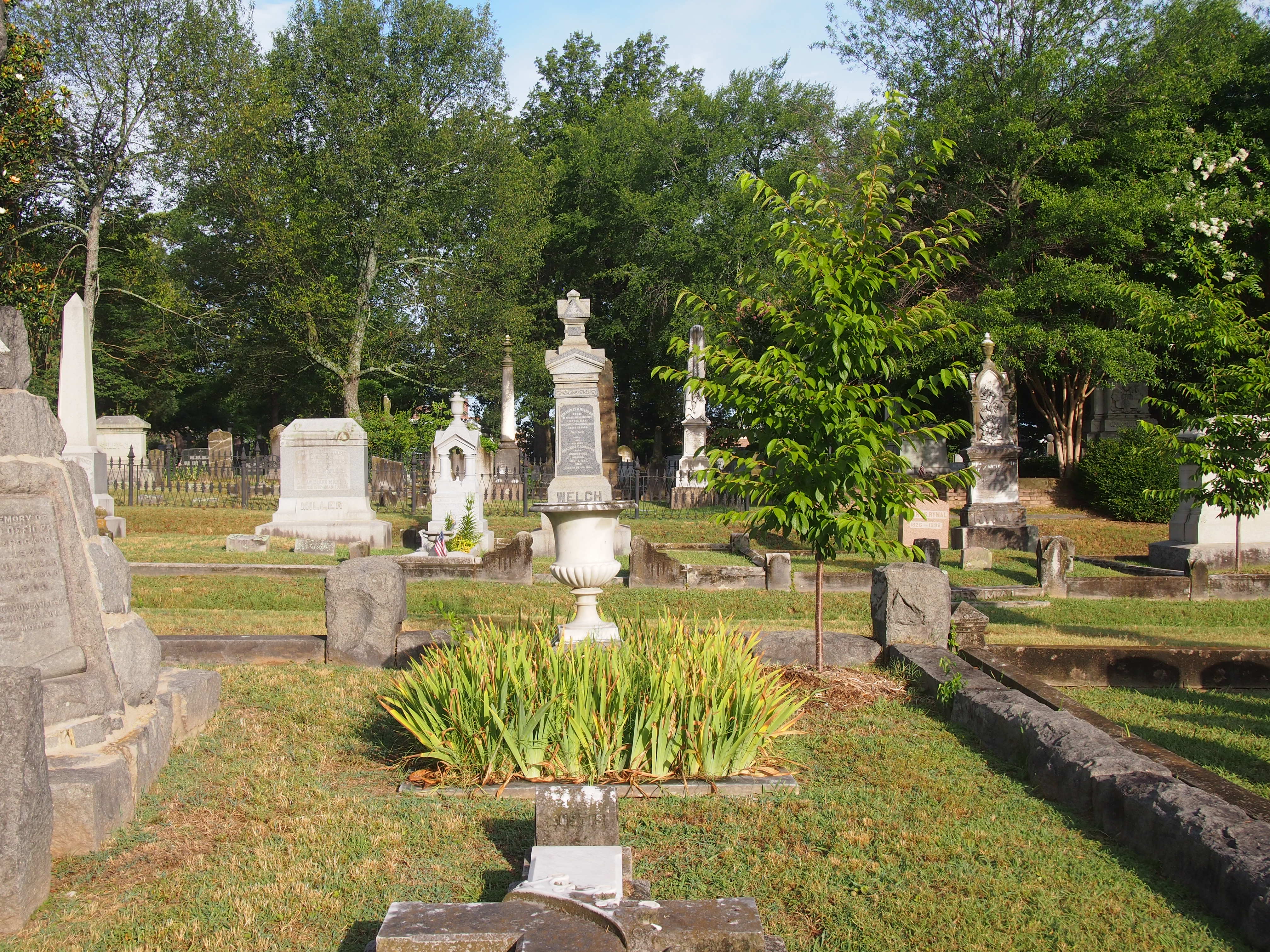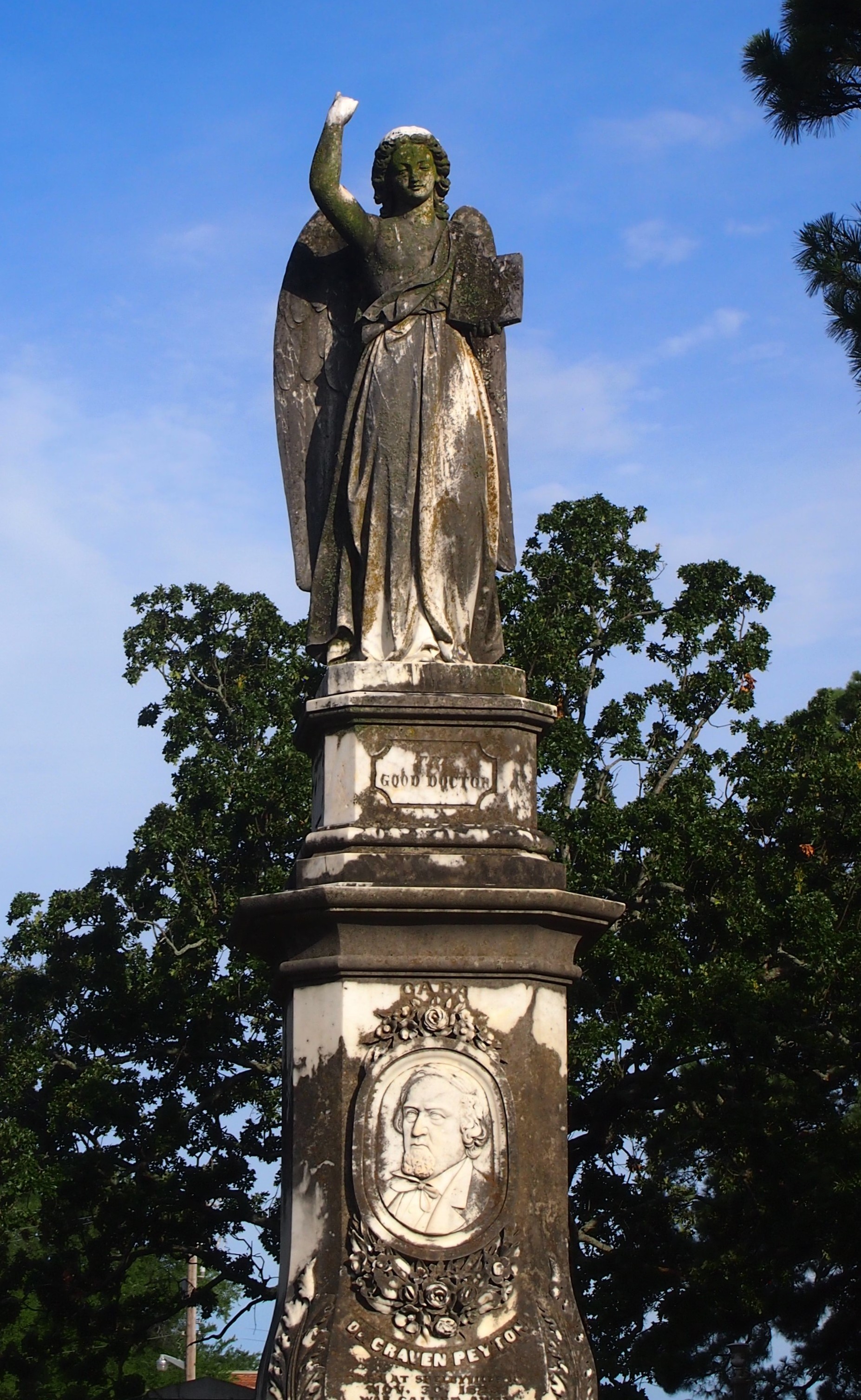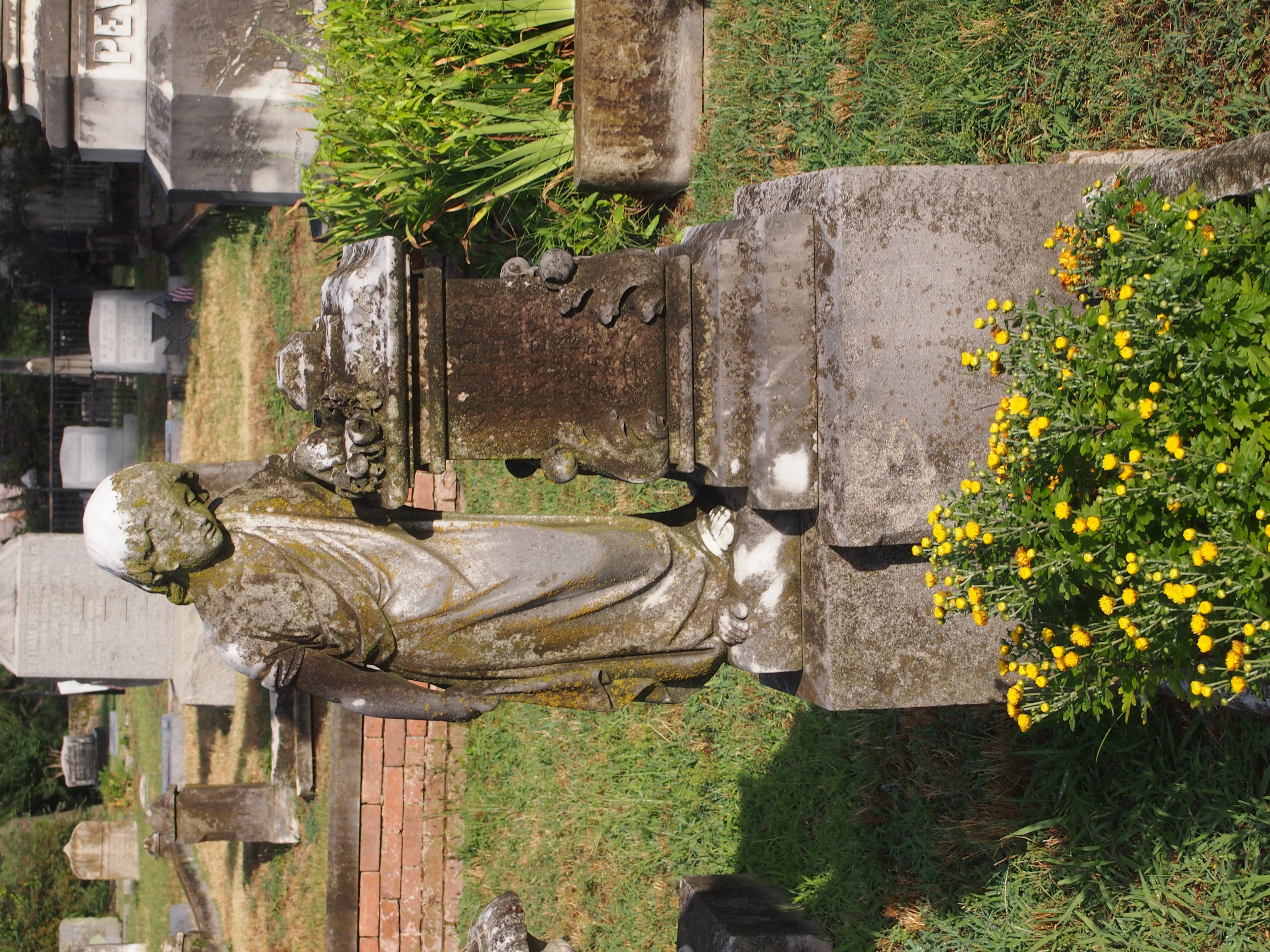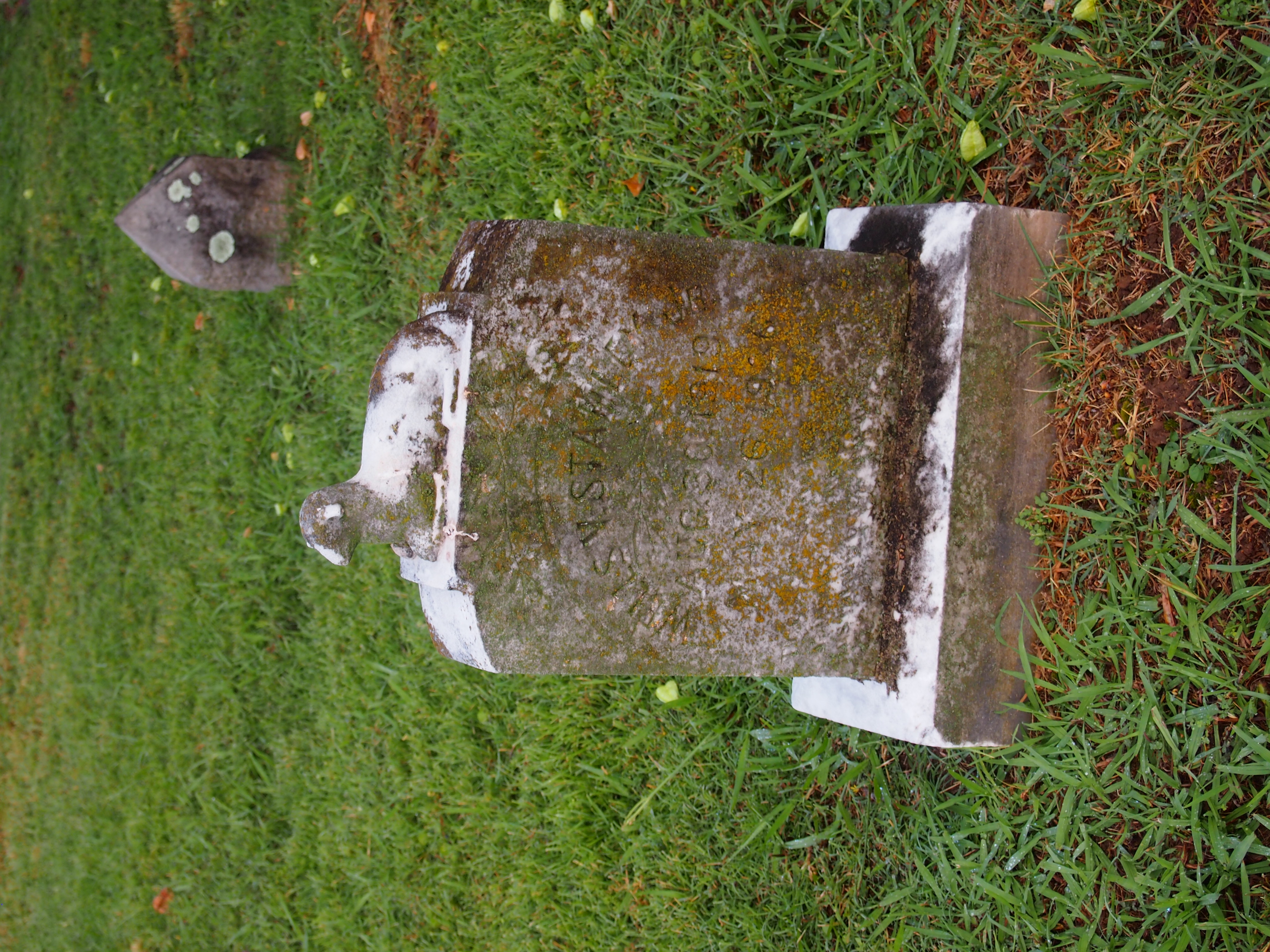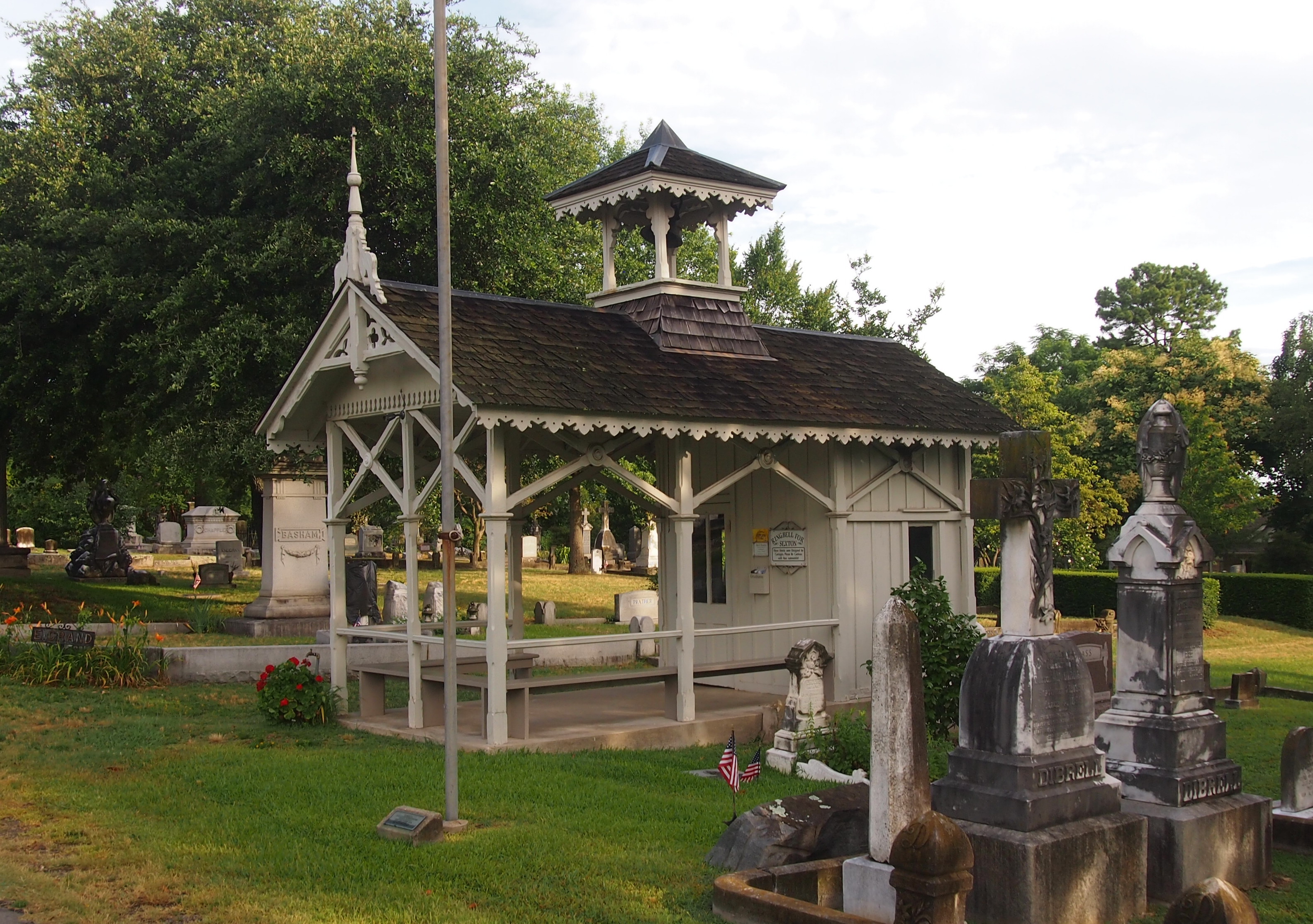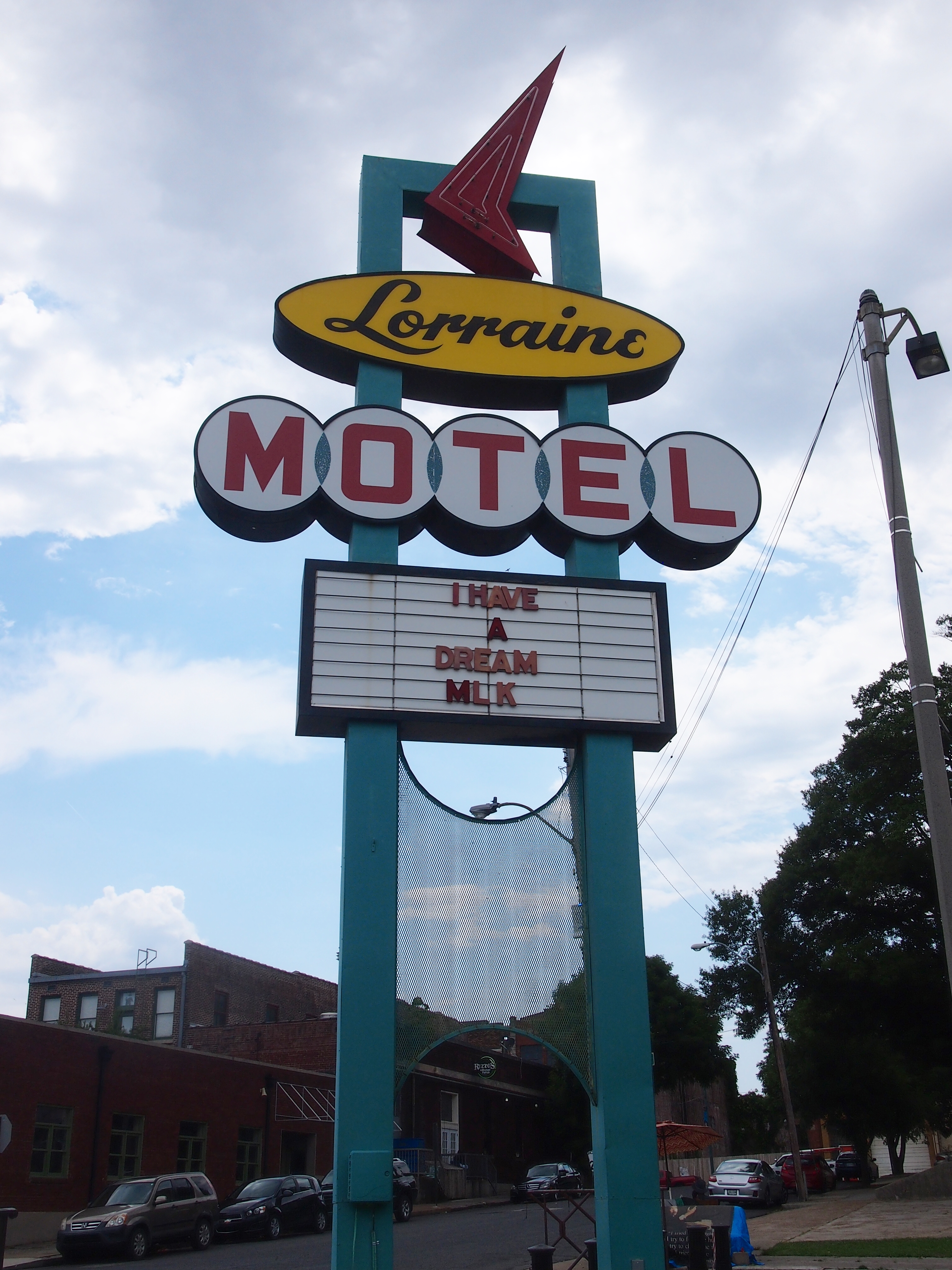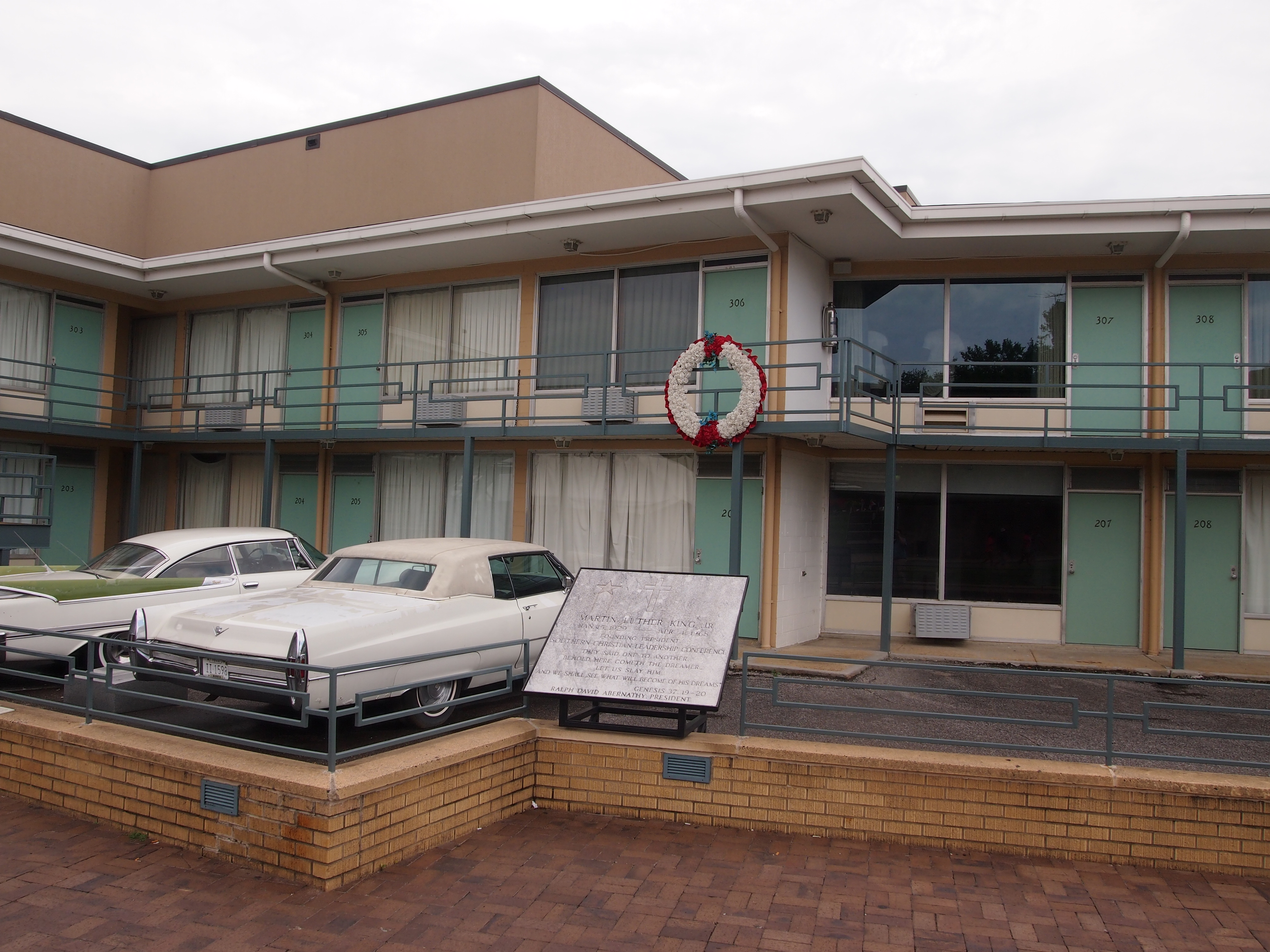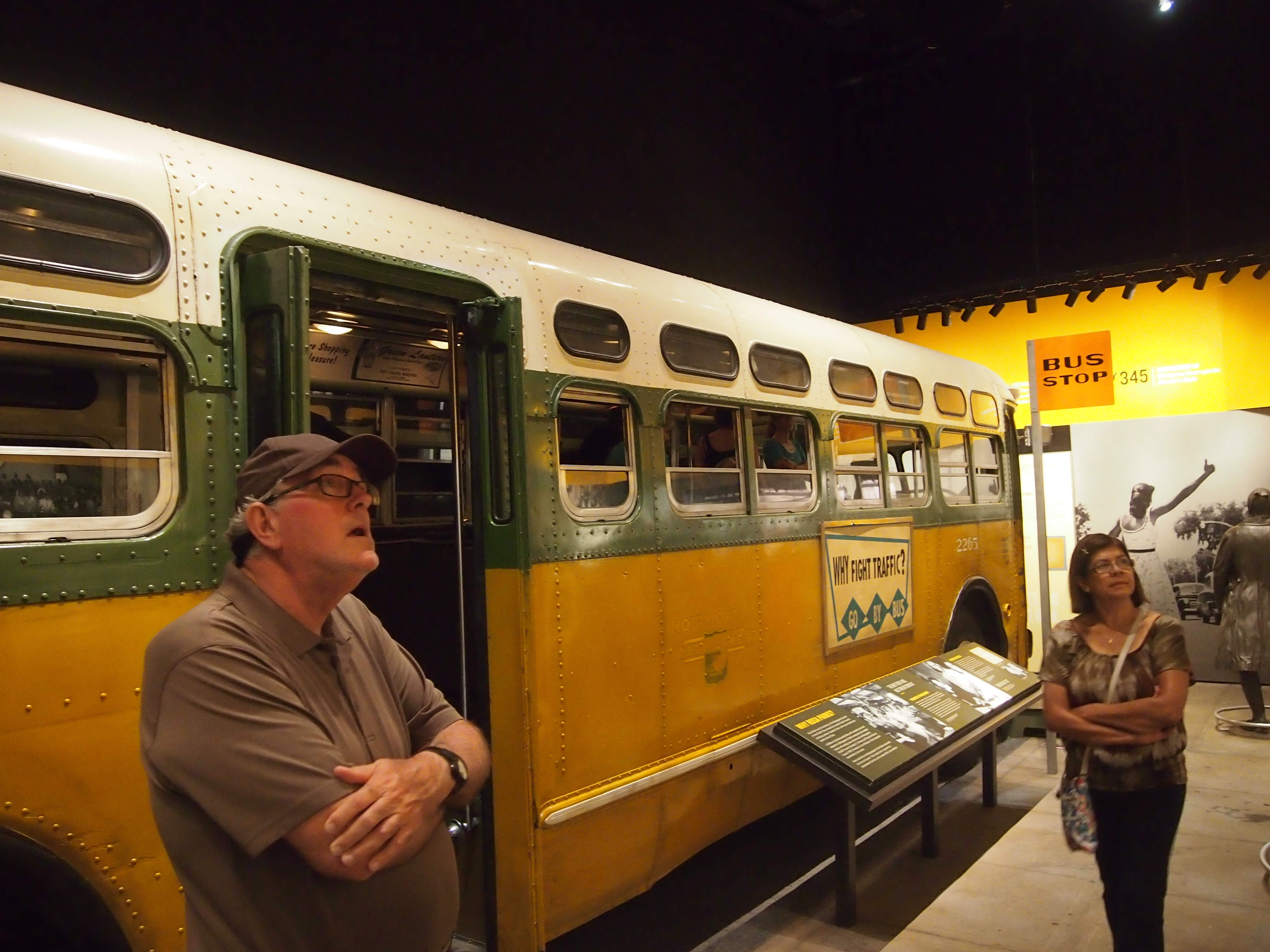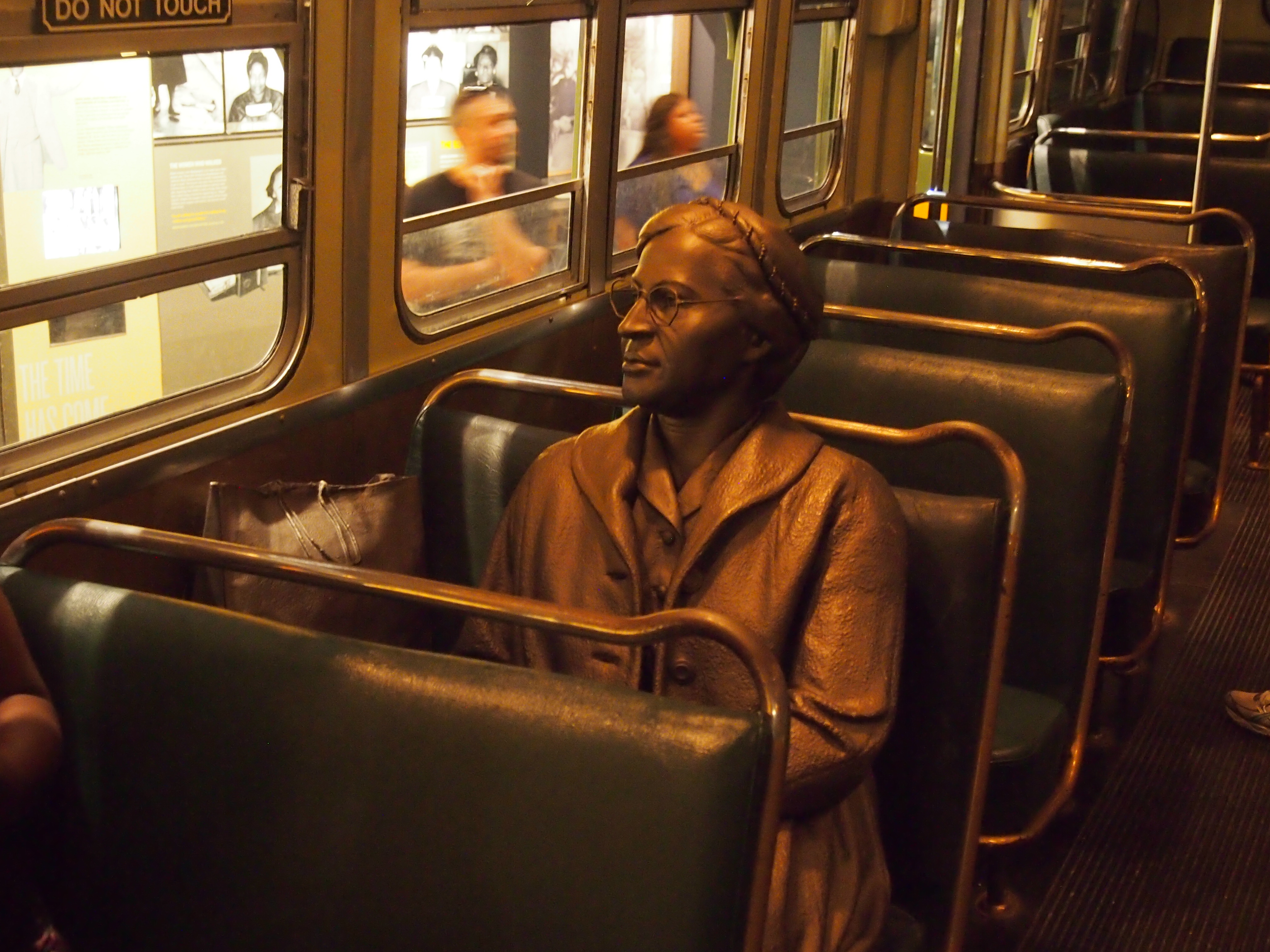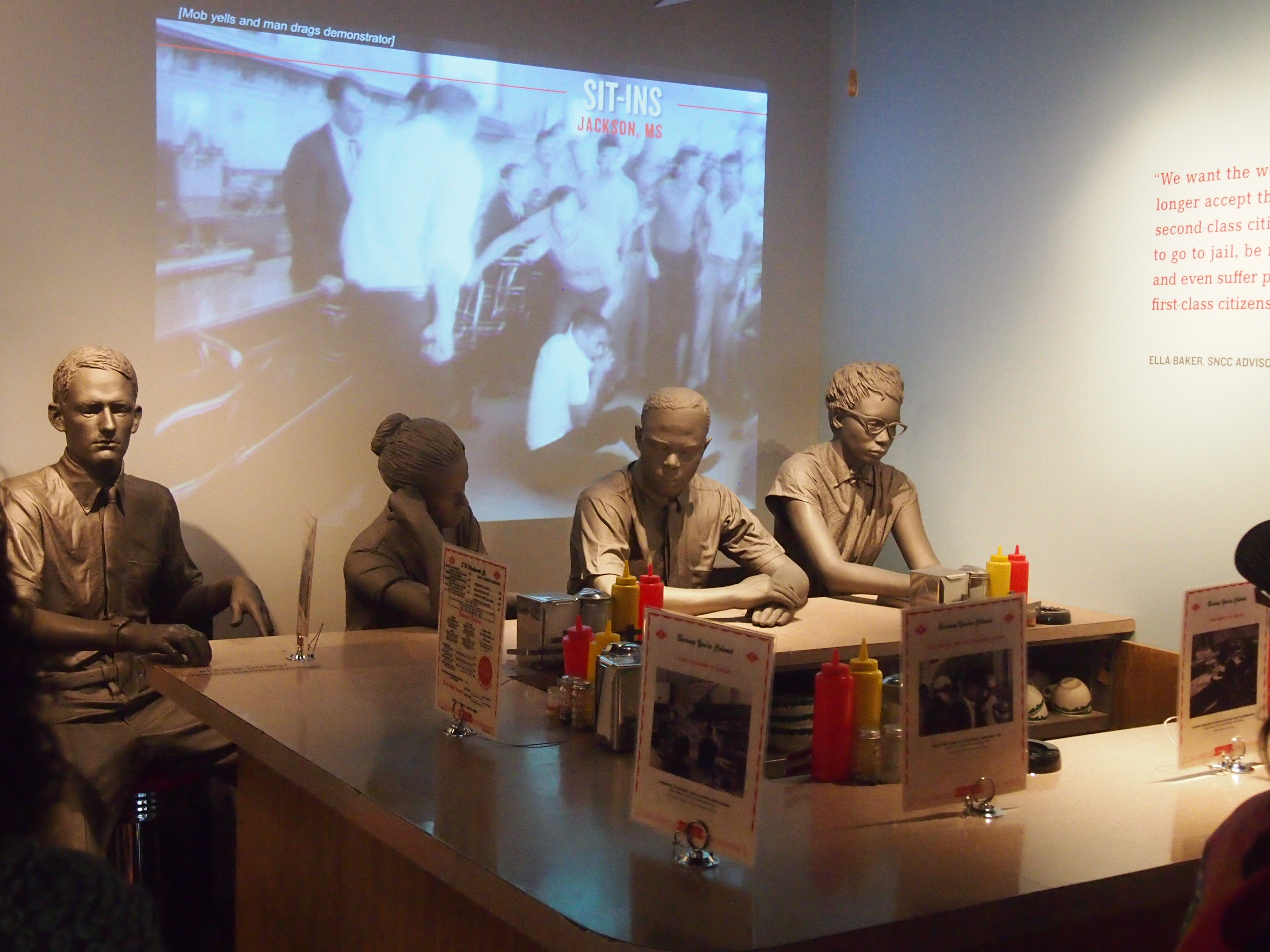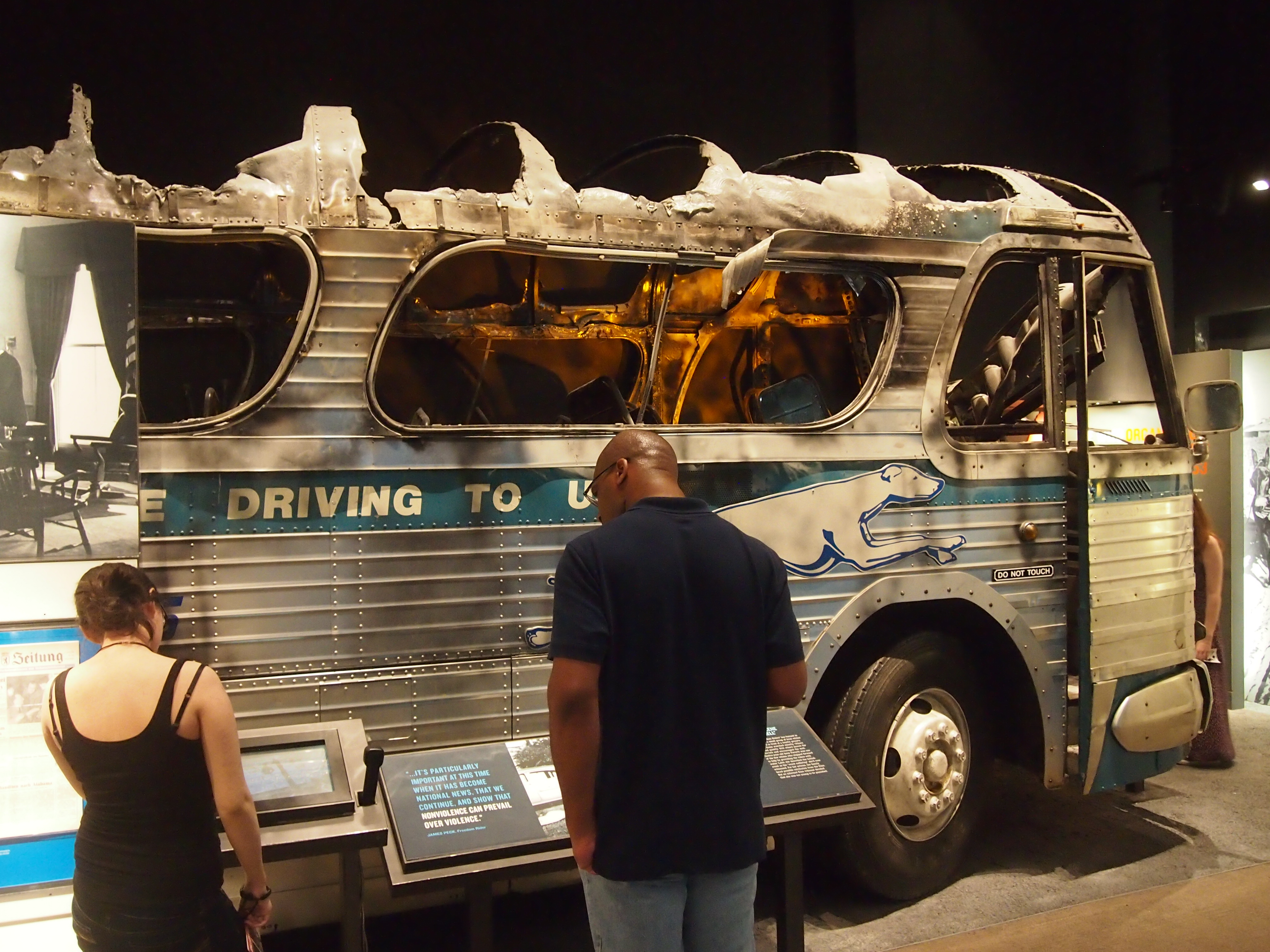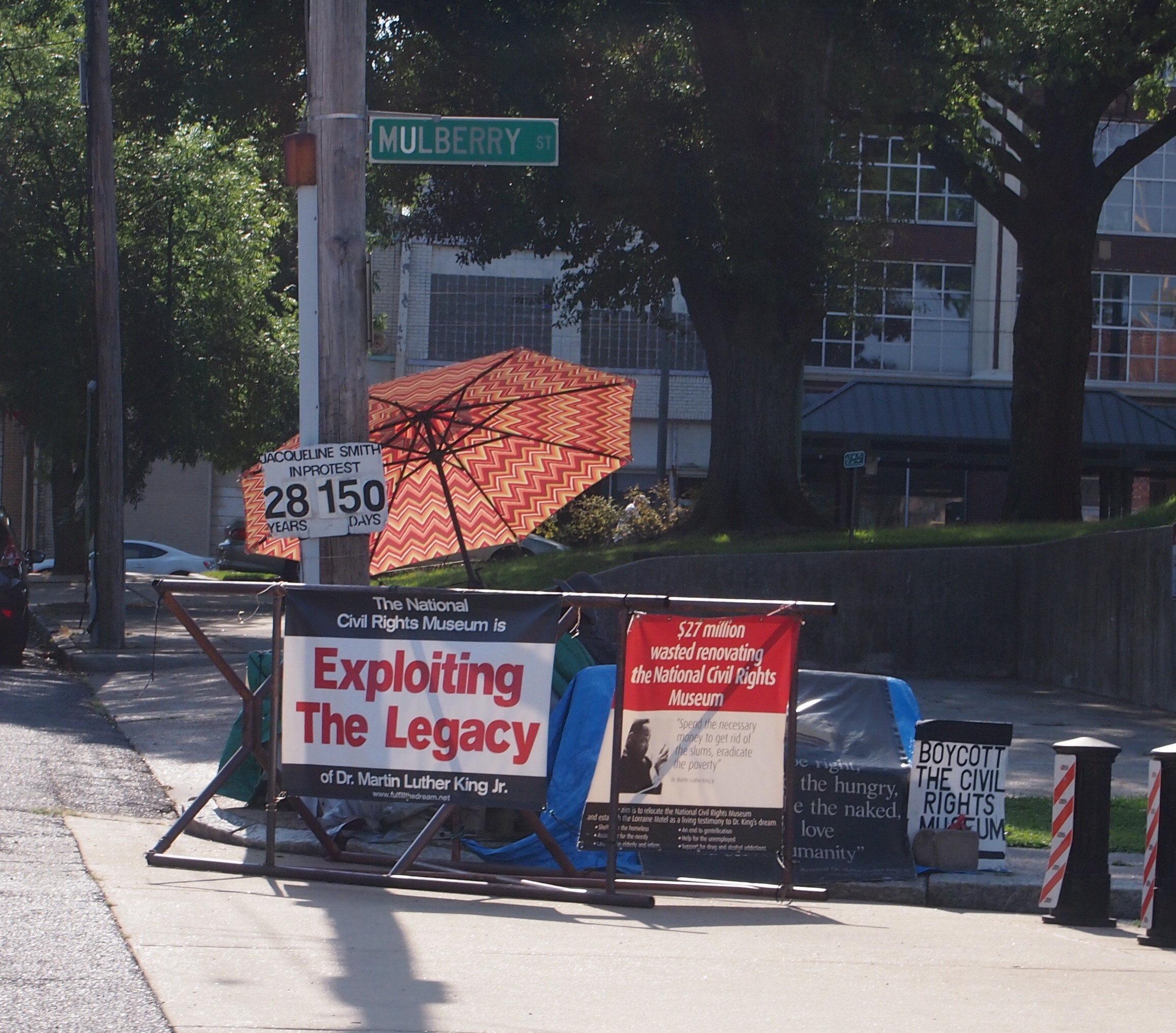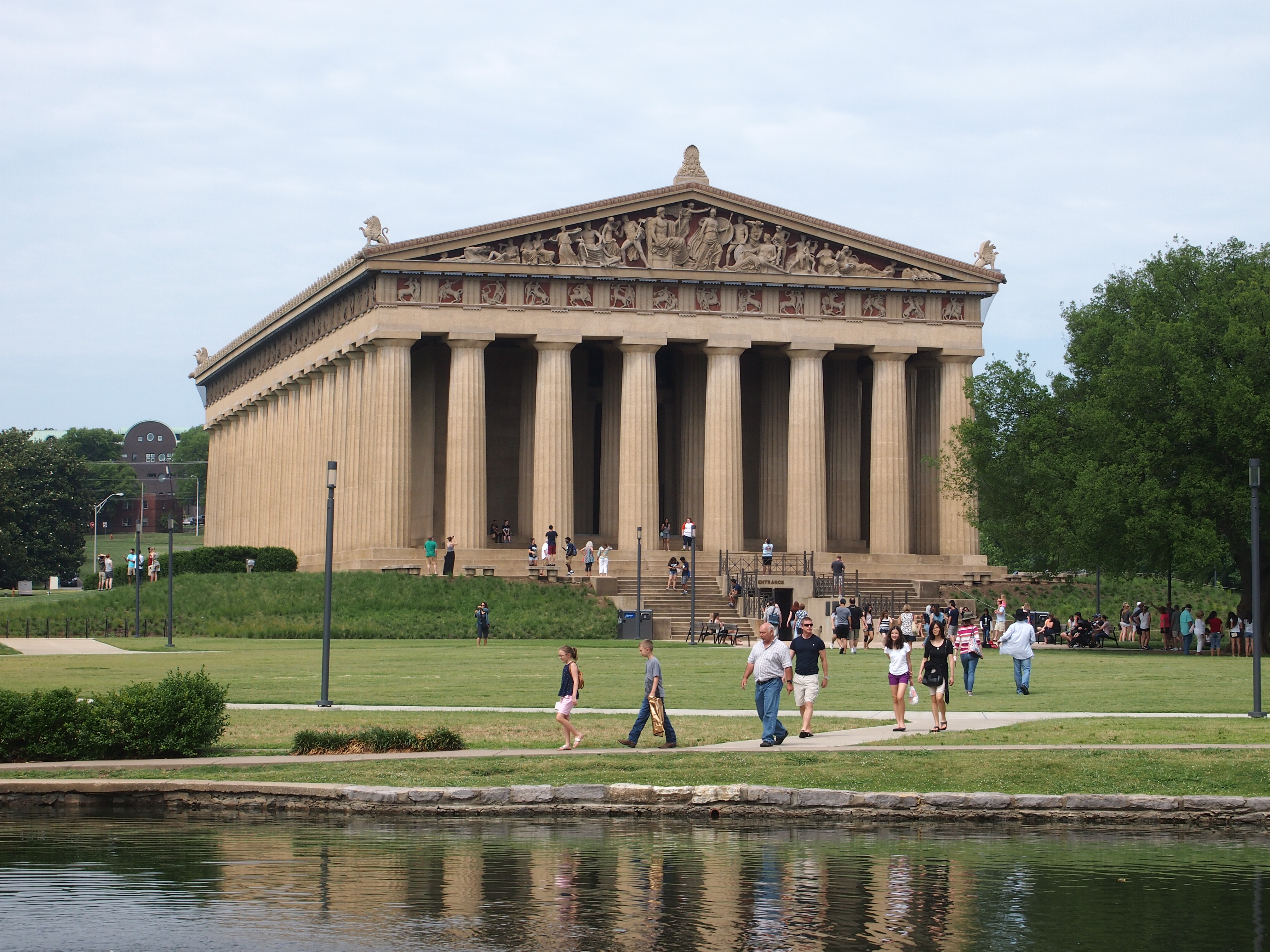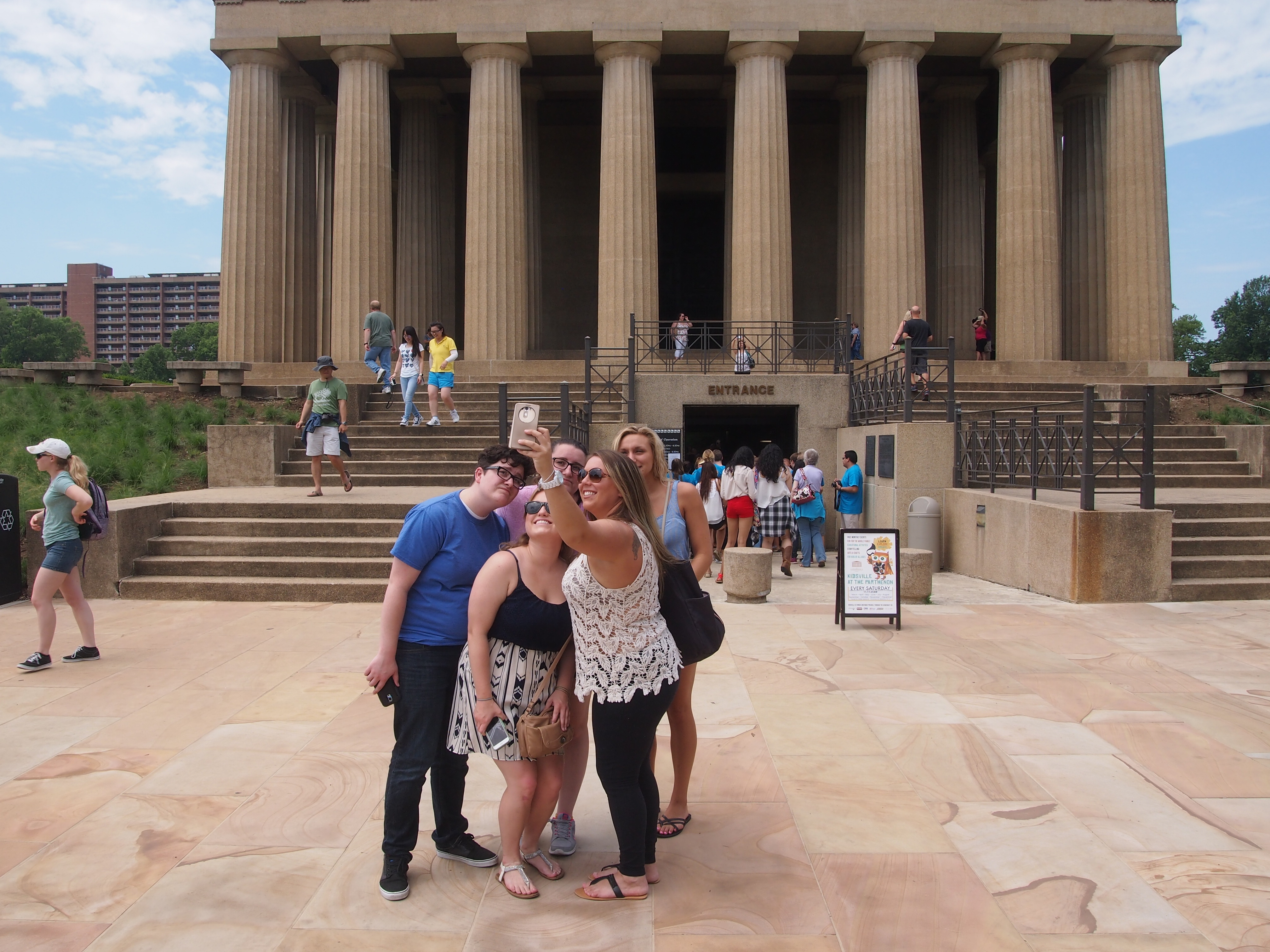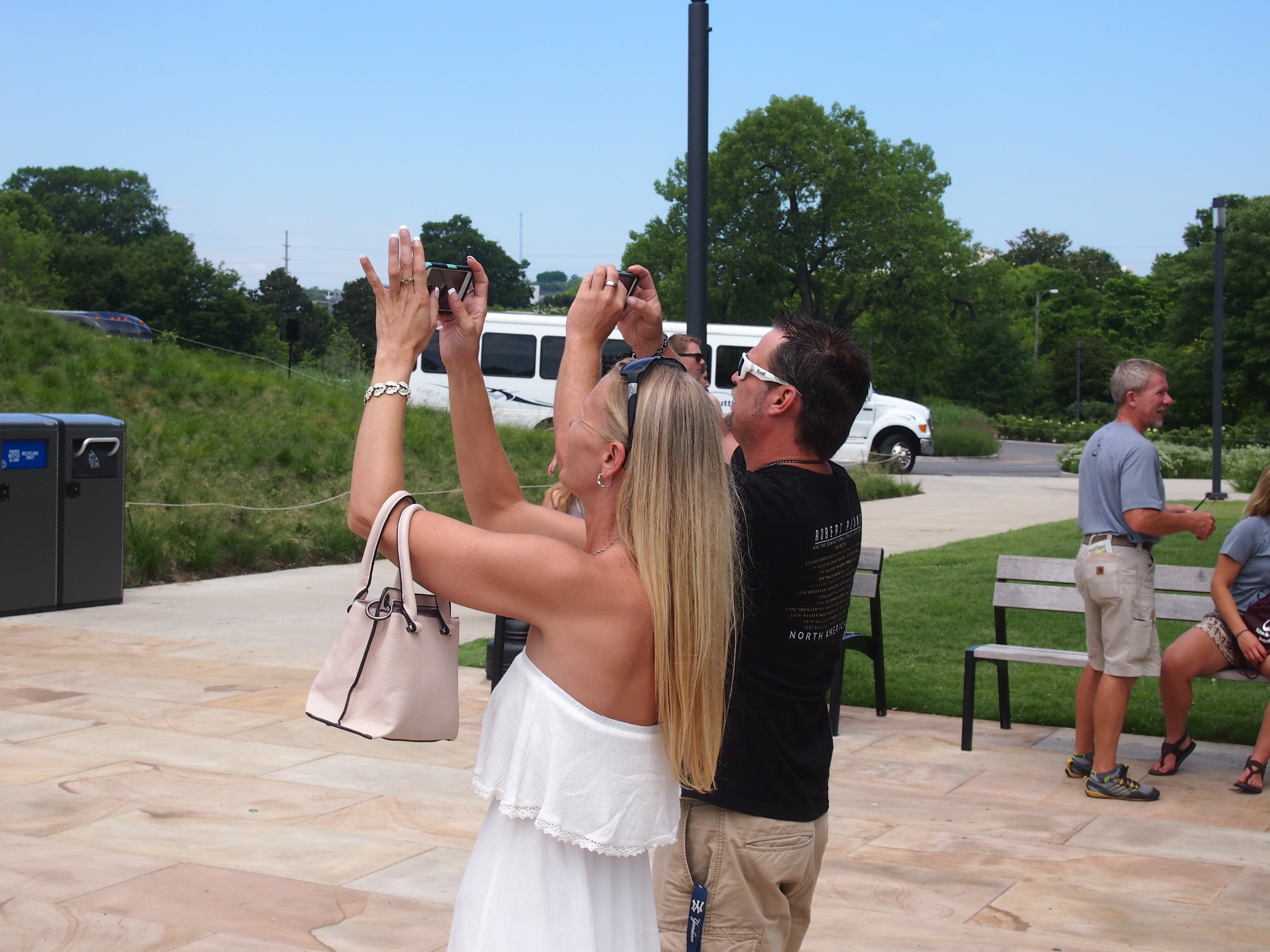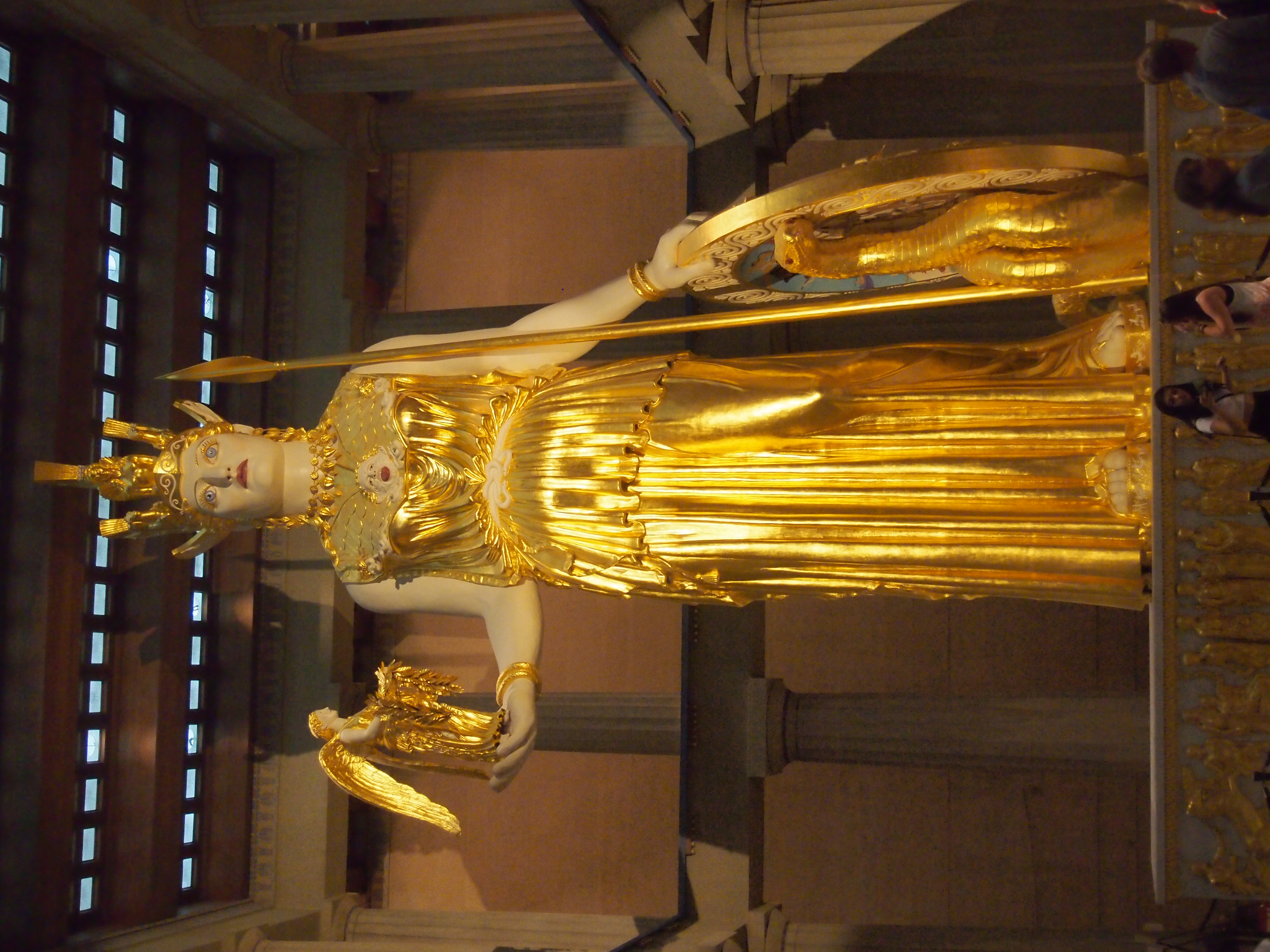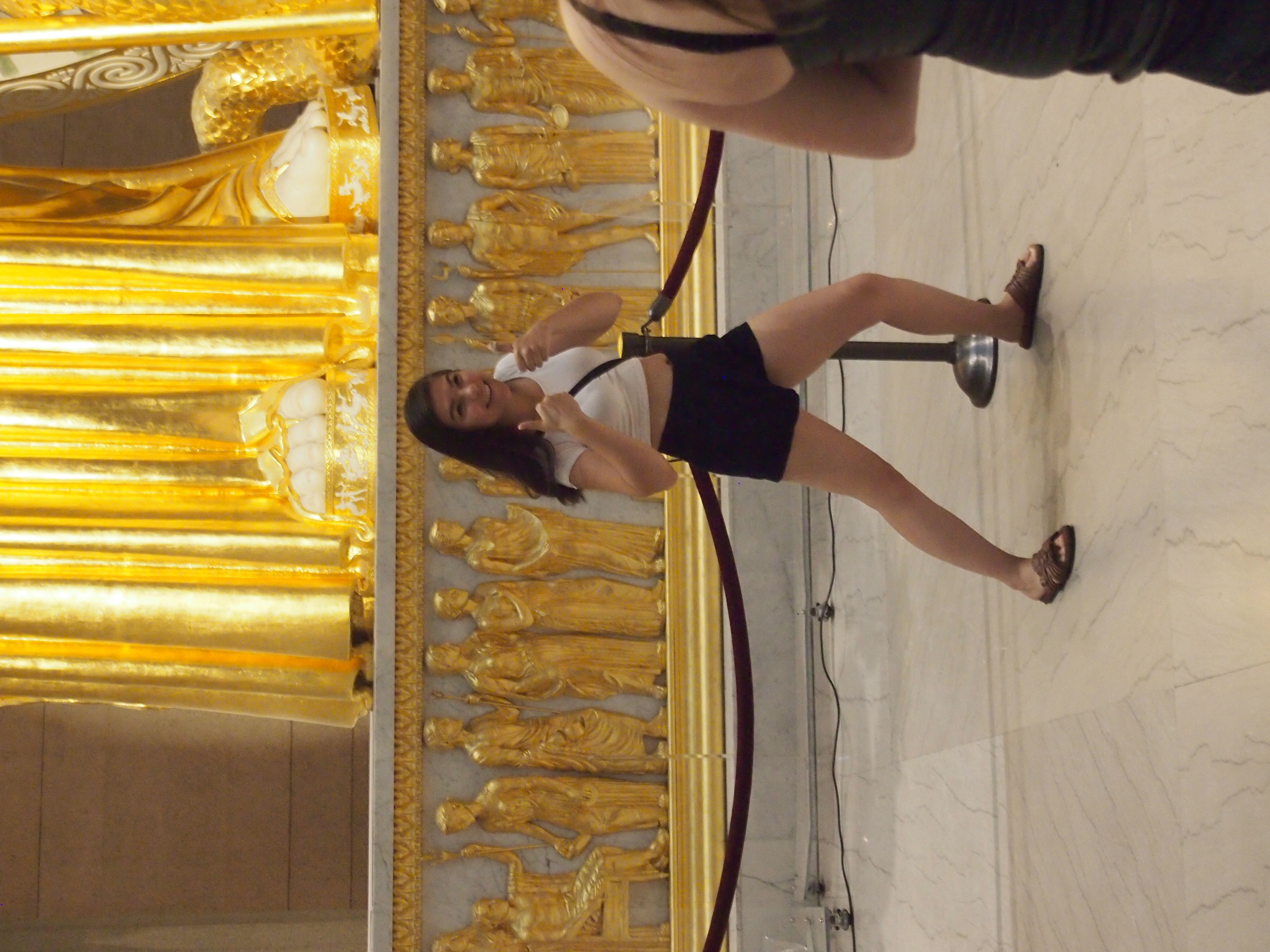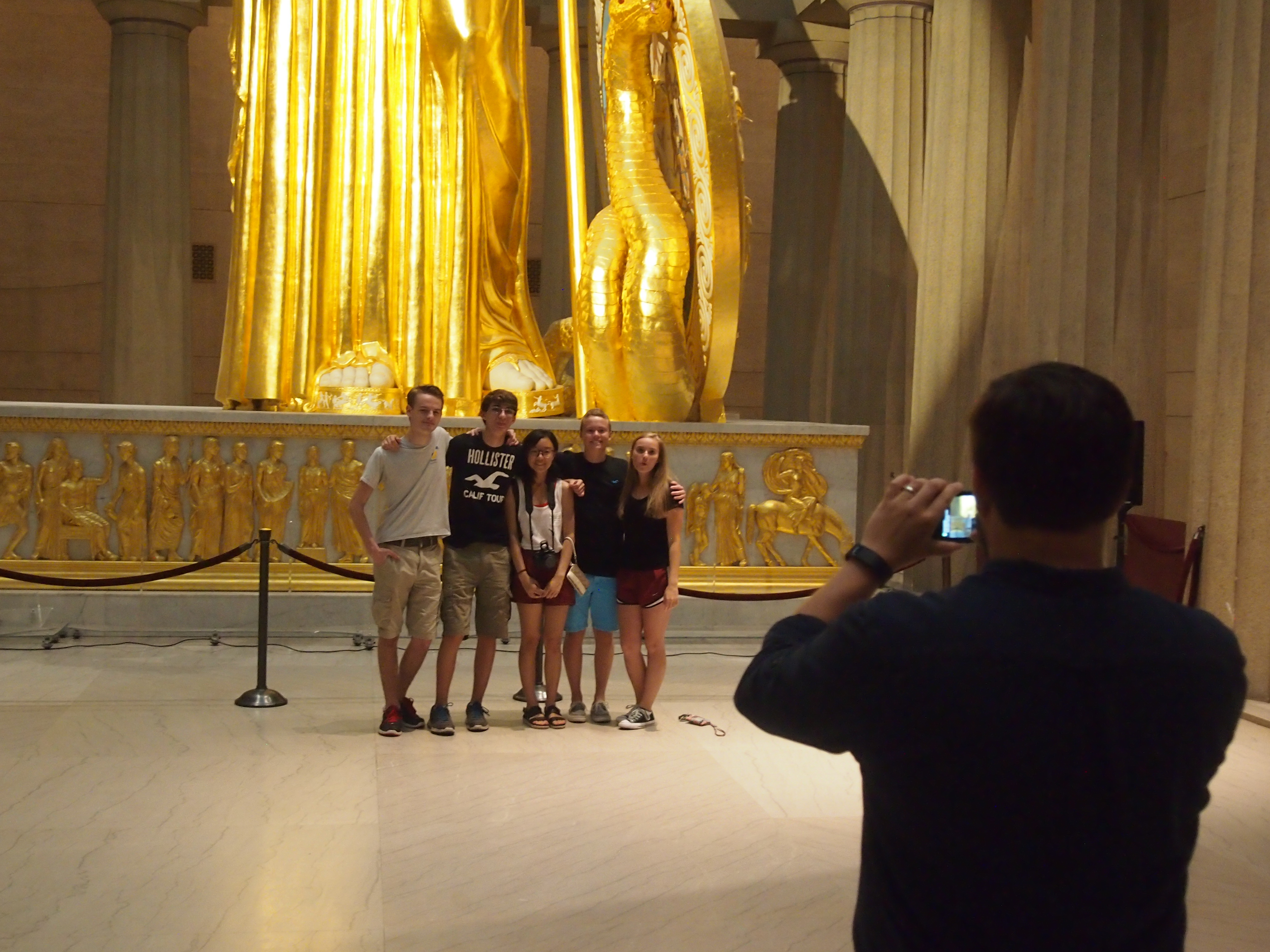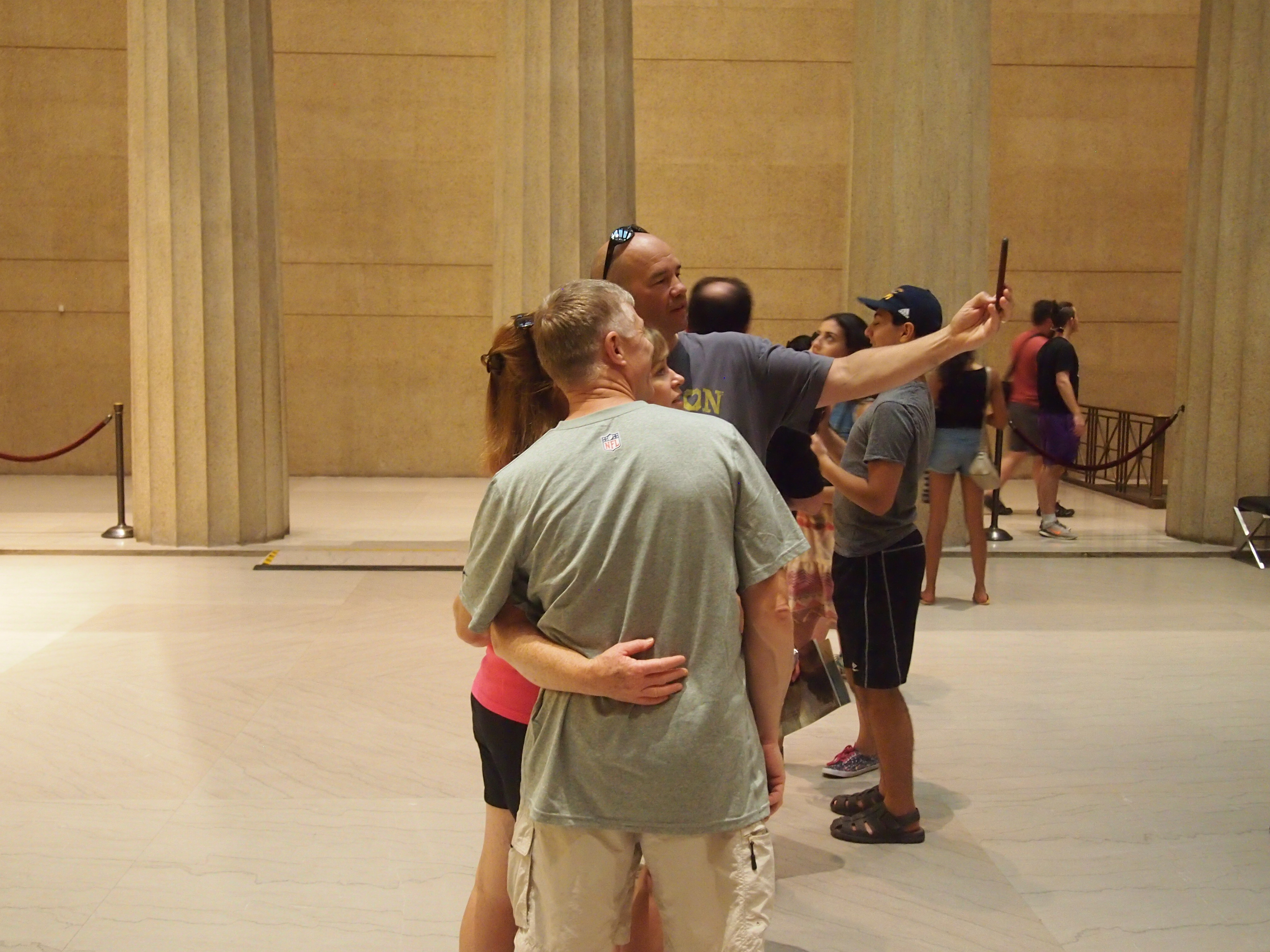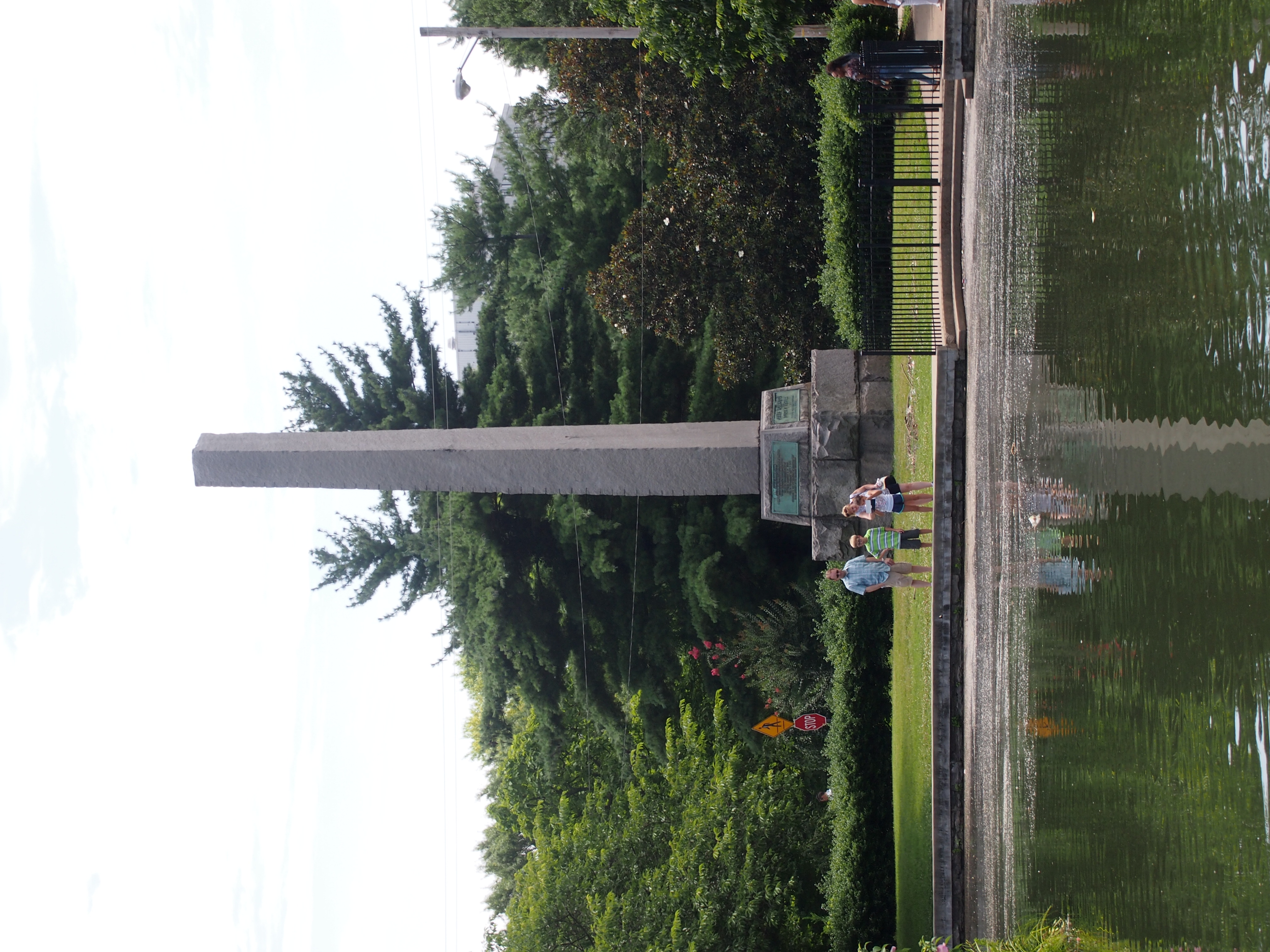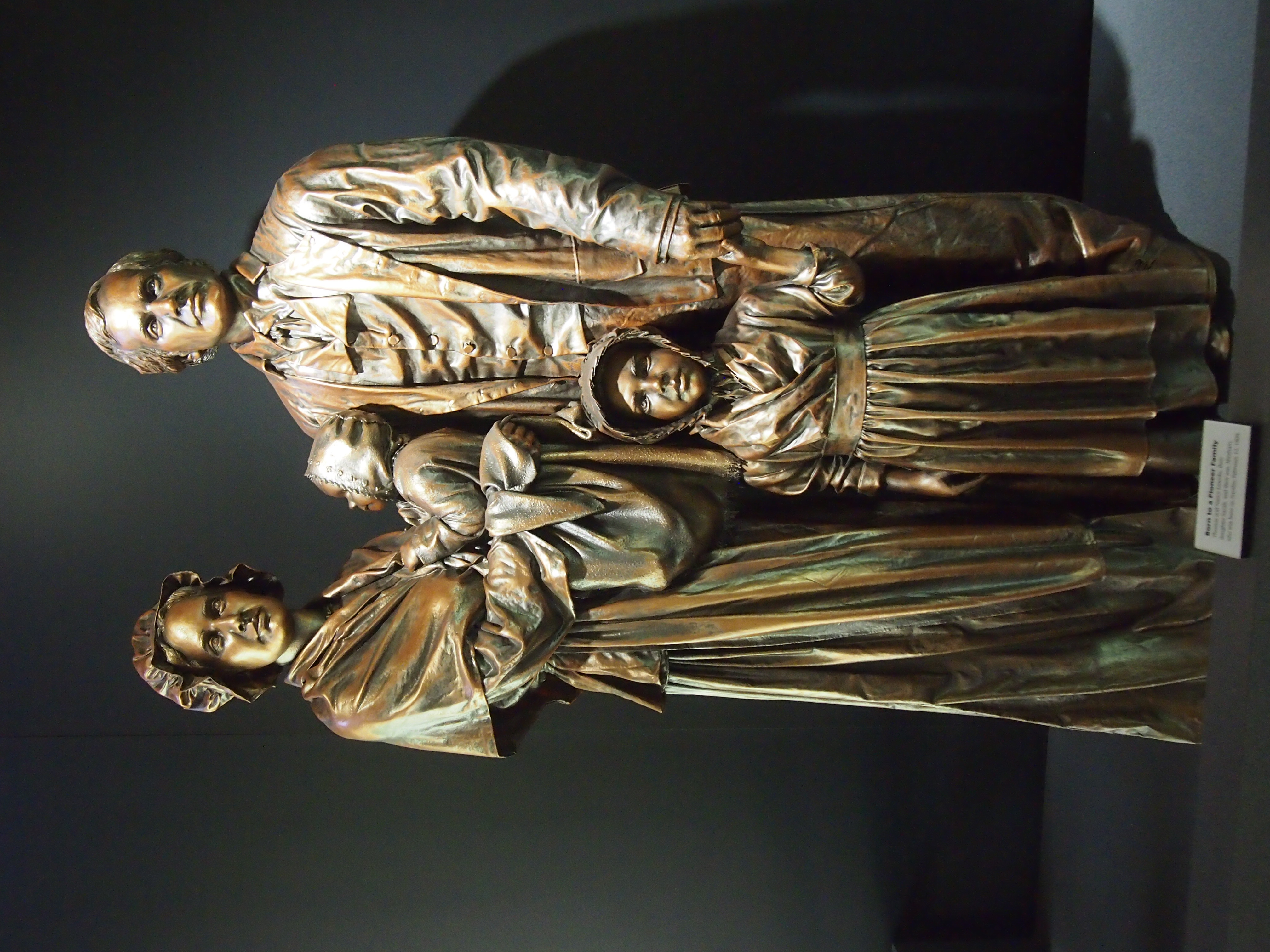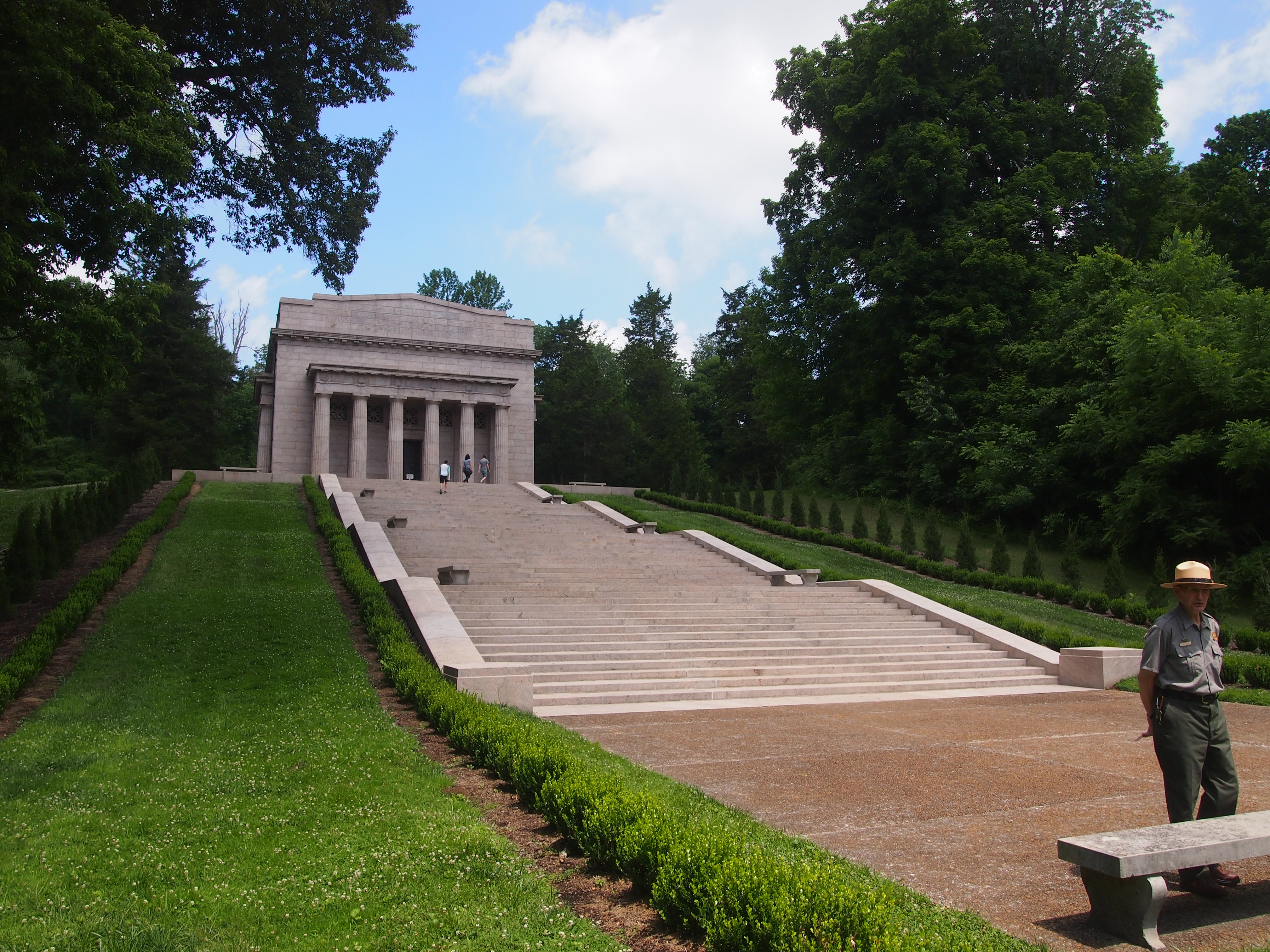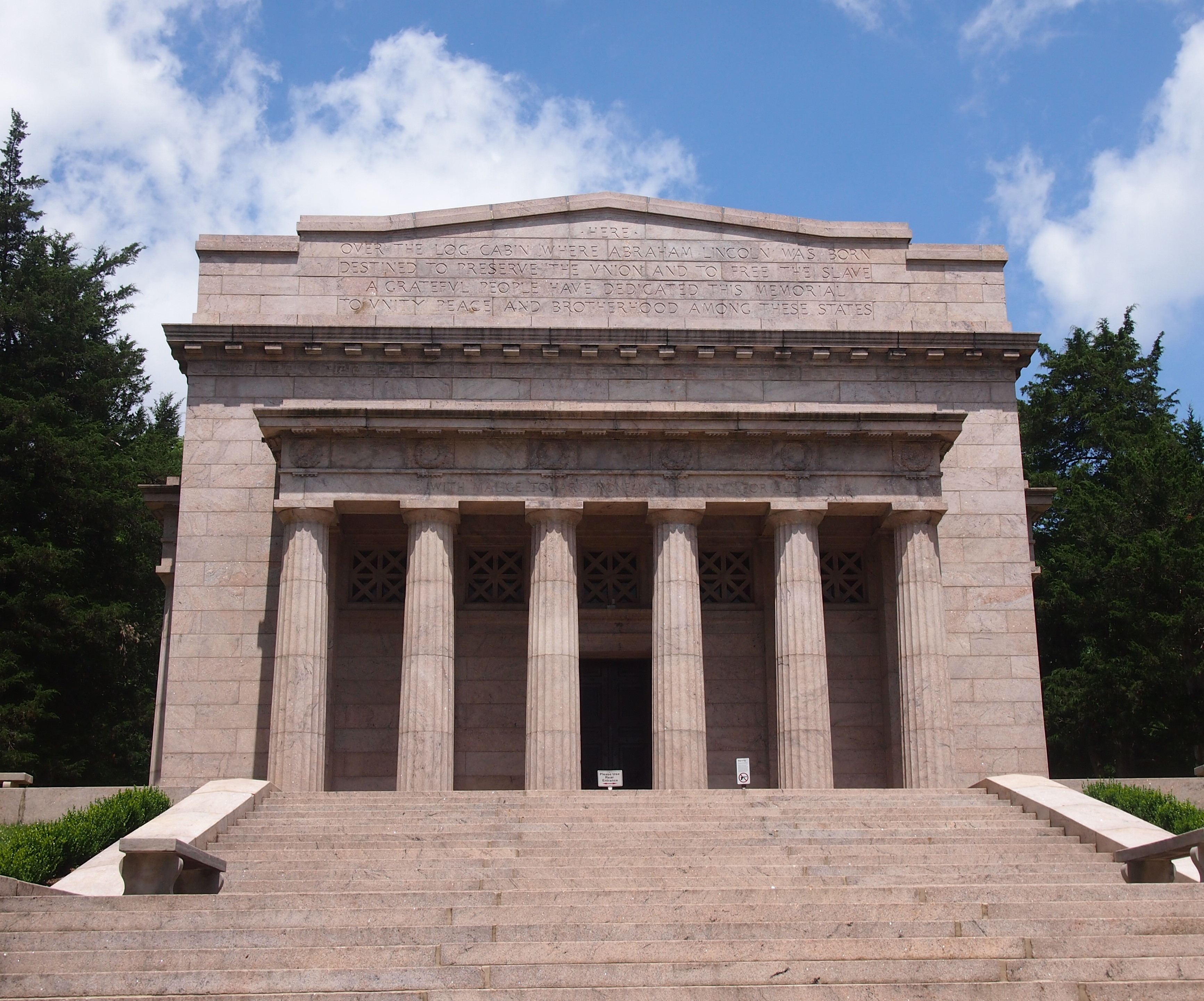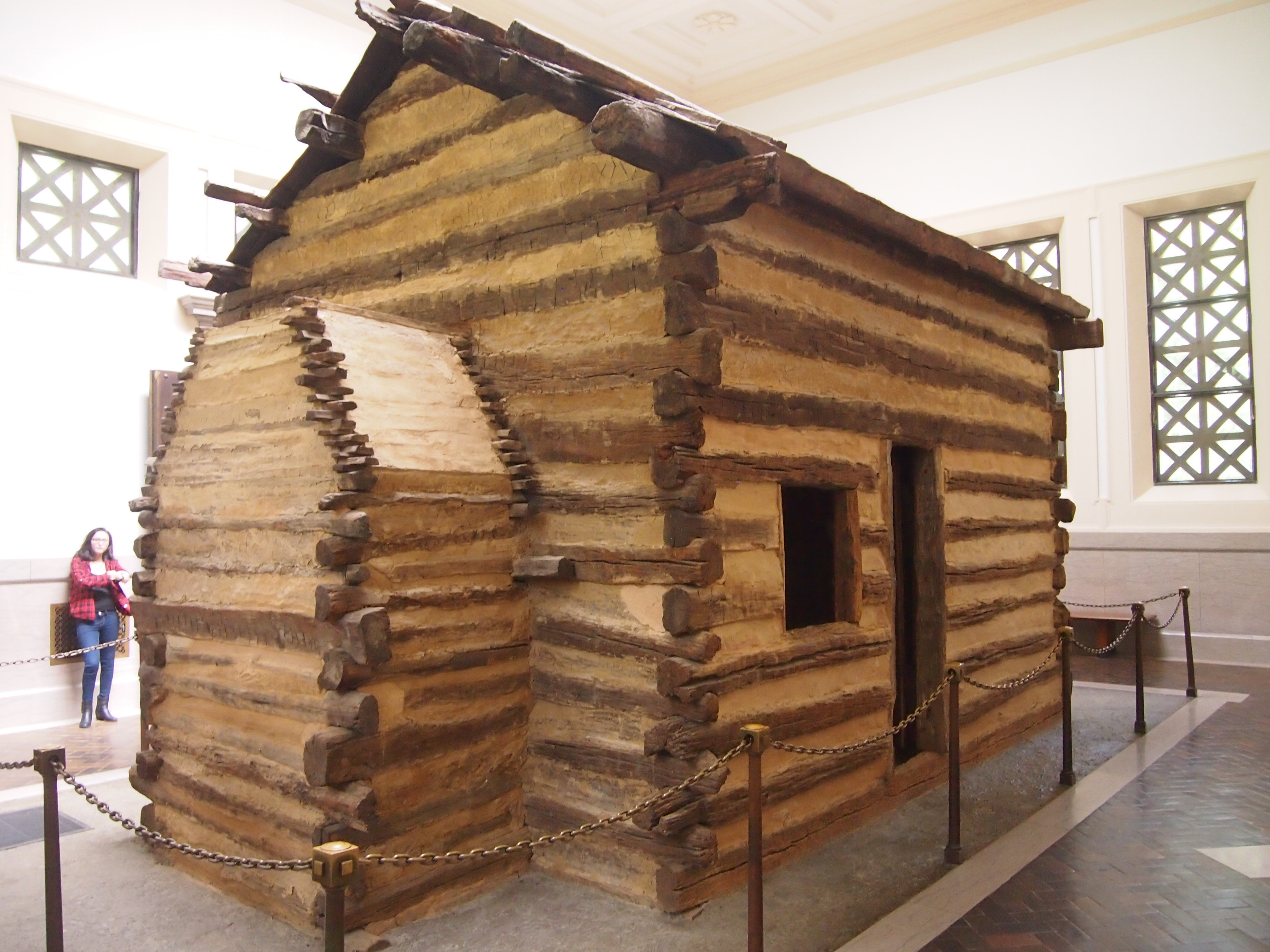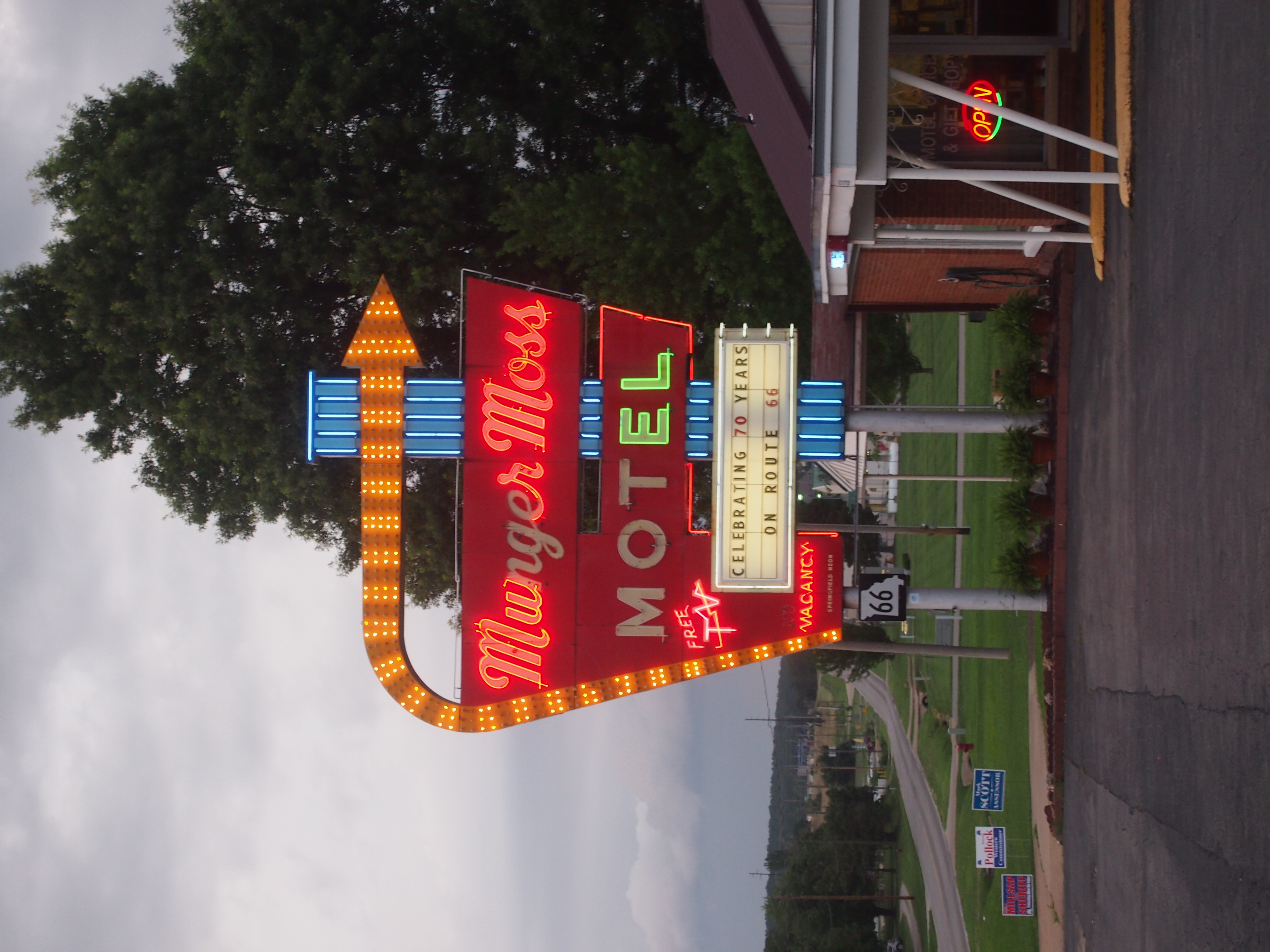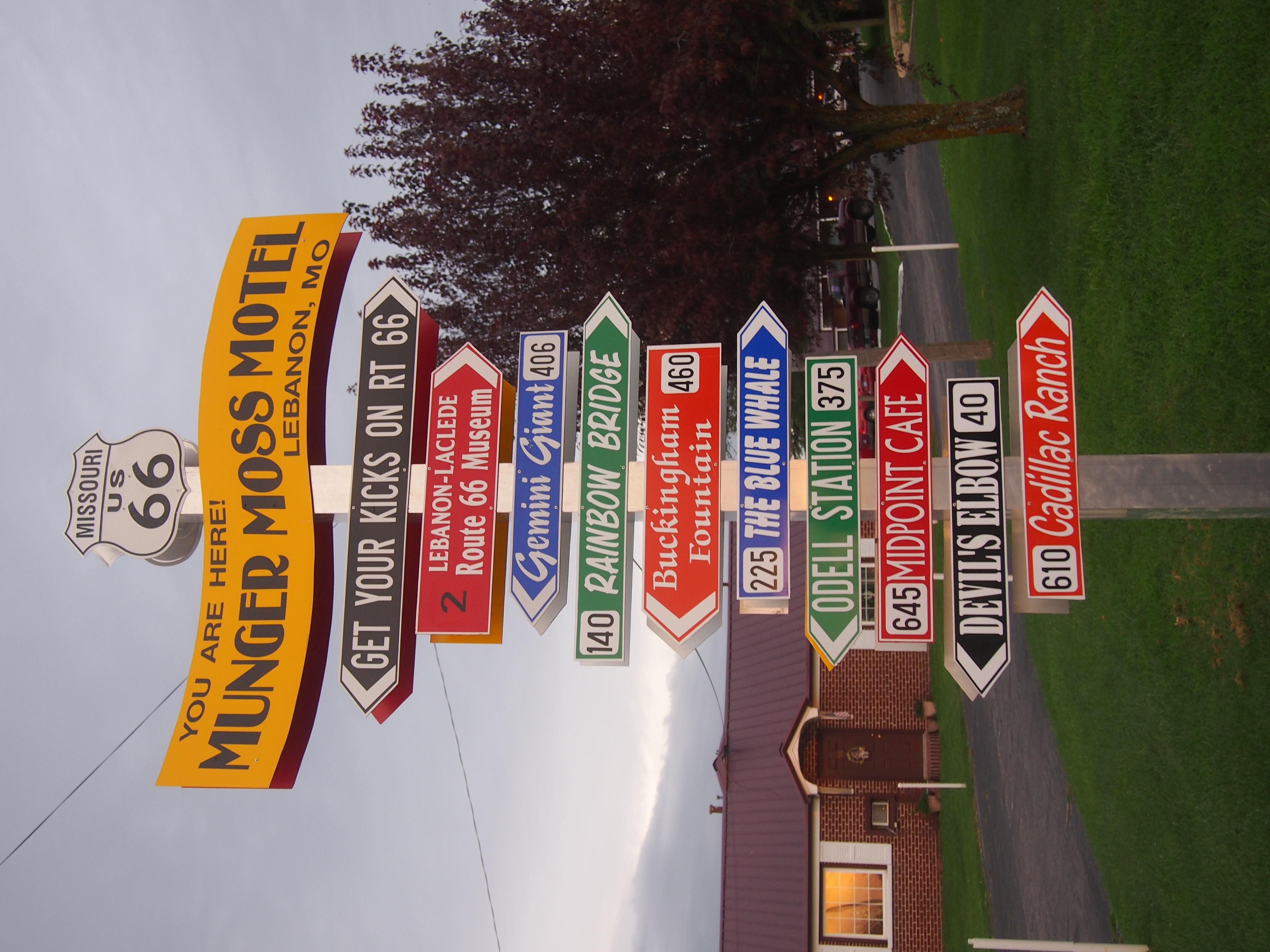The museum building of the William J. Clinton Presidential Center and Park in Little Rock cantilevers over the south bank of the Arkansas River. Hope the structural engineer planned for events like the next major movement of the New Madrid Fault.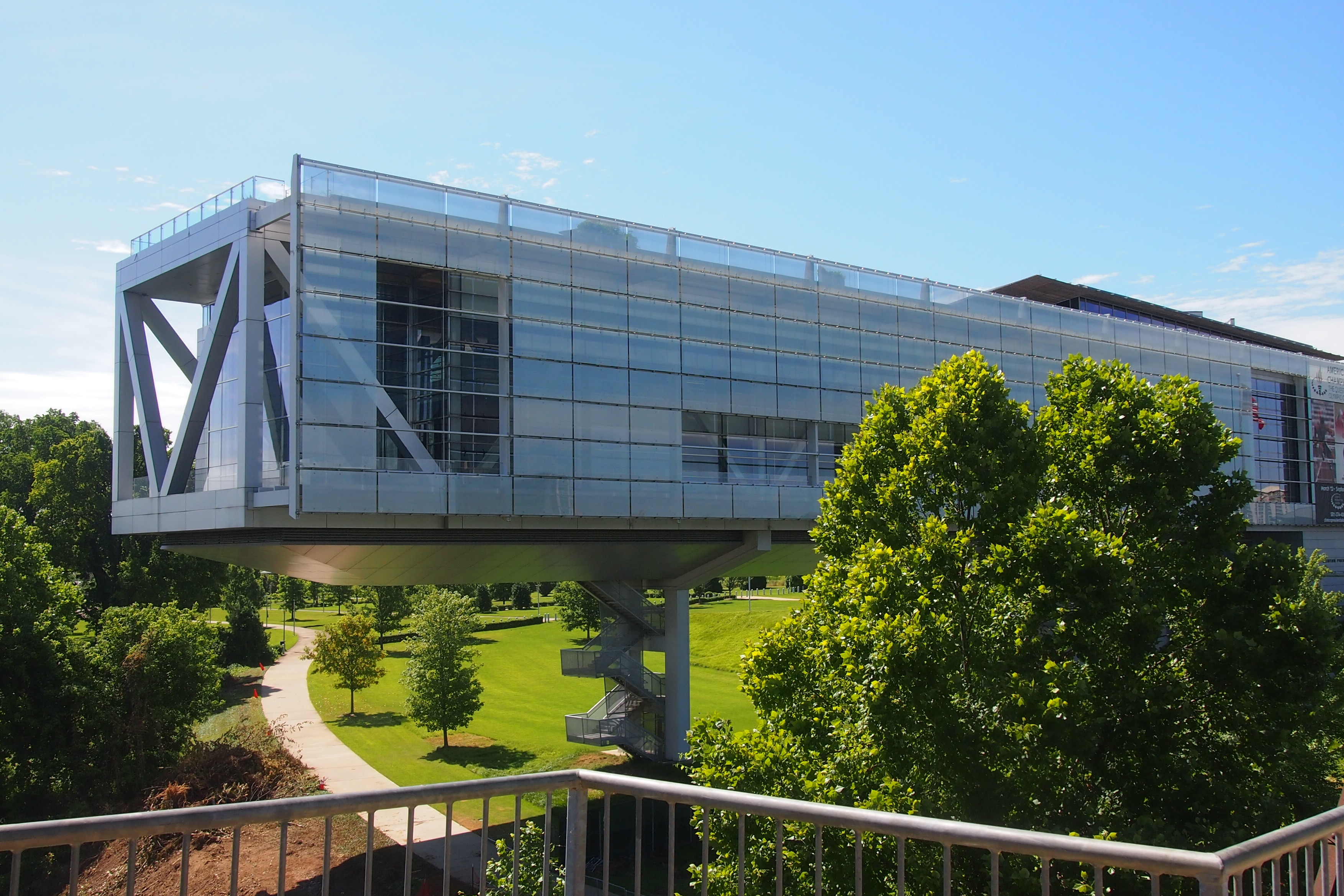 On June 27, after seeing the Mount Holly Cemetery, I drove over to the presidential library by myself, not wanting to subject Ann to another museum just then. All I had to do was make it back to the hotel room in time to pack before checkout time. The facility is one of 13 presidential libraries/museums run by the National Archives and Records Administration; now I’ve been to eight of them, nine if you count the Eisenhower Library, which I’ve been told we visited when I was small.
On June 27, after seeing the Mount Holly Cemetery, I drove over to the presidential library by myself, not wanting to subject Ann to another museum just then. All I had to do was make it back to the hotel room in time to pack before checkout time. The facility is one of 13 presidential libraries/museums run by the National Archives and Records Administration; now I’ve been to eight of them, nine if you count the Eisenhower Library, which I’ve been told we visited when I was small.
So I know what to expect: a museum that puts the best face on whichever administration it’s about, regardless of party or historic circumstance. Keep that in mind, and no presidential library will drive you to distraction because of your opinion about this or that president. You can have fun with it, though, imagining exhibits that will never happen, such as I AM NOT A CROOK carved over the entrance of the Nixon Library or an animatronic Monica Lewinsky at the Clinton Library.
Polshek Partnership designed the property (these days, Ennead Architects), with the exhibition design by Ralph Appelbaum Associates. According to sources inside and outside the exhibit hall, the space was inspired by the Long Room in the Old Library at Trinity College, Dublin. I haven’t seen the Long Room, but the exhibit hall of the Clinton Library certainly is long, as you’d expect looking at it from the outside.
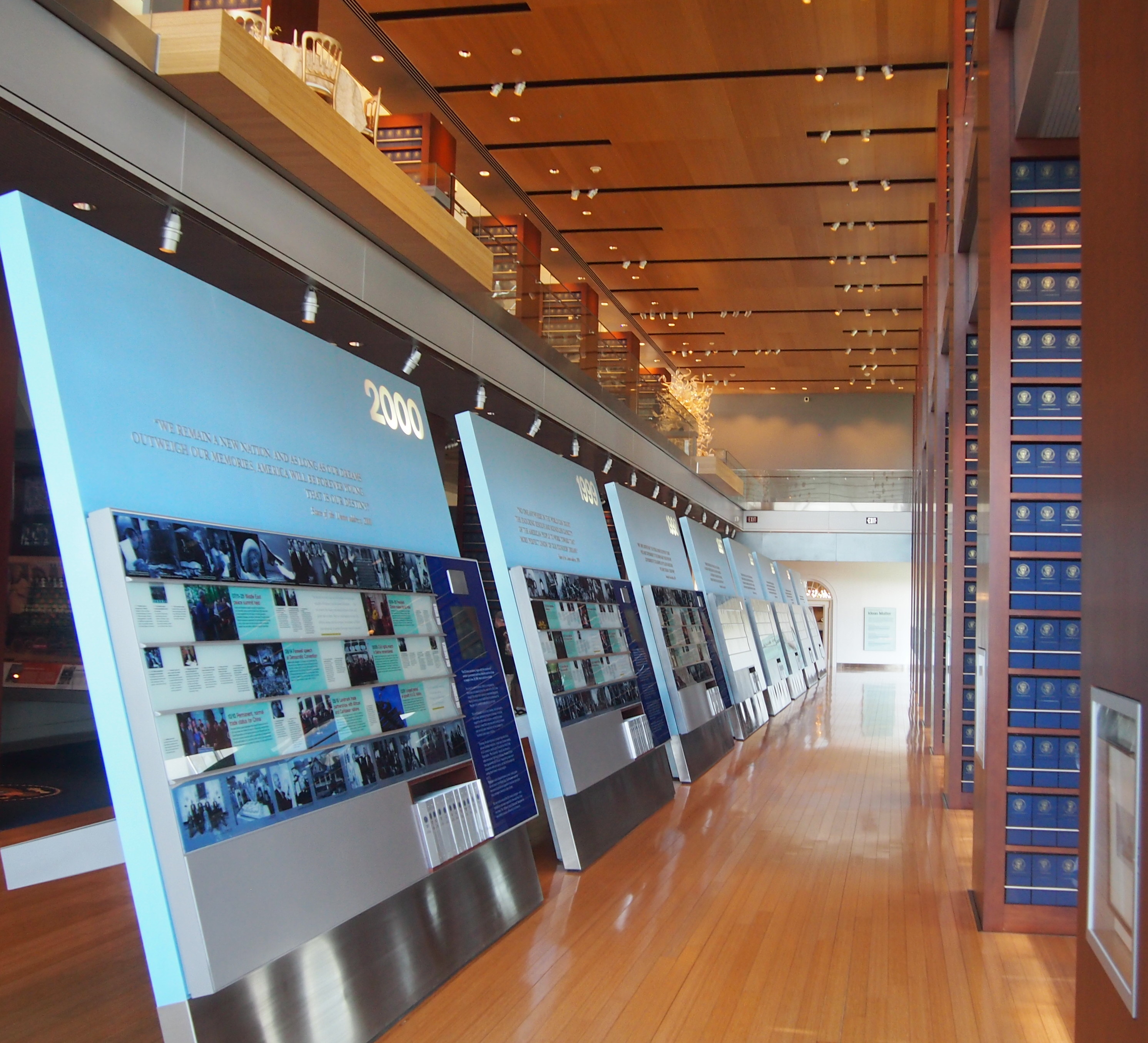 The exhibits are a mix of photos, reading and artifacts, mostly in chronological order down the length of the second floor, and on the third floor as well, as well as in 14 alcoves detailing various events during Clinton’s terms of office. As I’ve mentioned before, it’s a little hard to view a period as history when you remember it as an adult. Then again, he’s been out of office 15 years, and the early years of the Clinton administration especially are a little fuzzy, since I was still out of the country.
The exhibits are a mix of photos, reading and artifacts, mostly in chronological order down the length of the second floor, and on the third floor as well, as well as in 14 alcoves detailing various events during Clinton’s terms of office. As I’ve mentioned before, it’s a little hard to view a period as history when you remember it as an adult. Then again, he’s been out of office 15 years, and the early years of the Clinton administration especially are a little fuzzy, since I was still out of the country.
The blue boxes — 4,536 in all, according to the museum — contain records from the White House Office of Agency Liaison, which deals with requests to the president or first lady from the public. “The records in these blue boxes represent approximately 2-3% of the entire Clinton Library archival collection, which we estimate at approximately 80 million pages.”
Among the artifacts on display: saxophones. Jefferson had his violin, Truman had his piano, and Clinton had his sax (and I’ve read that Chet Arthur played banjo; just picturing that makes me smile).
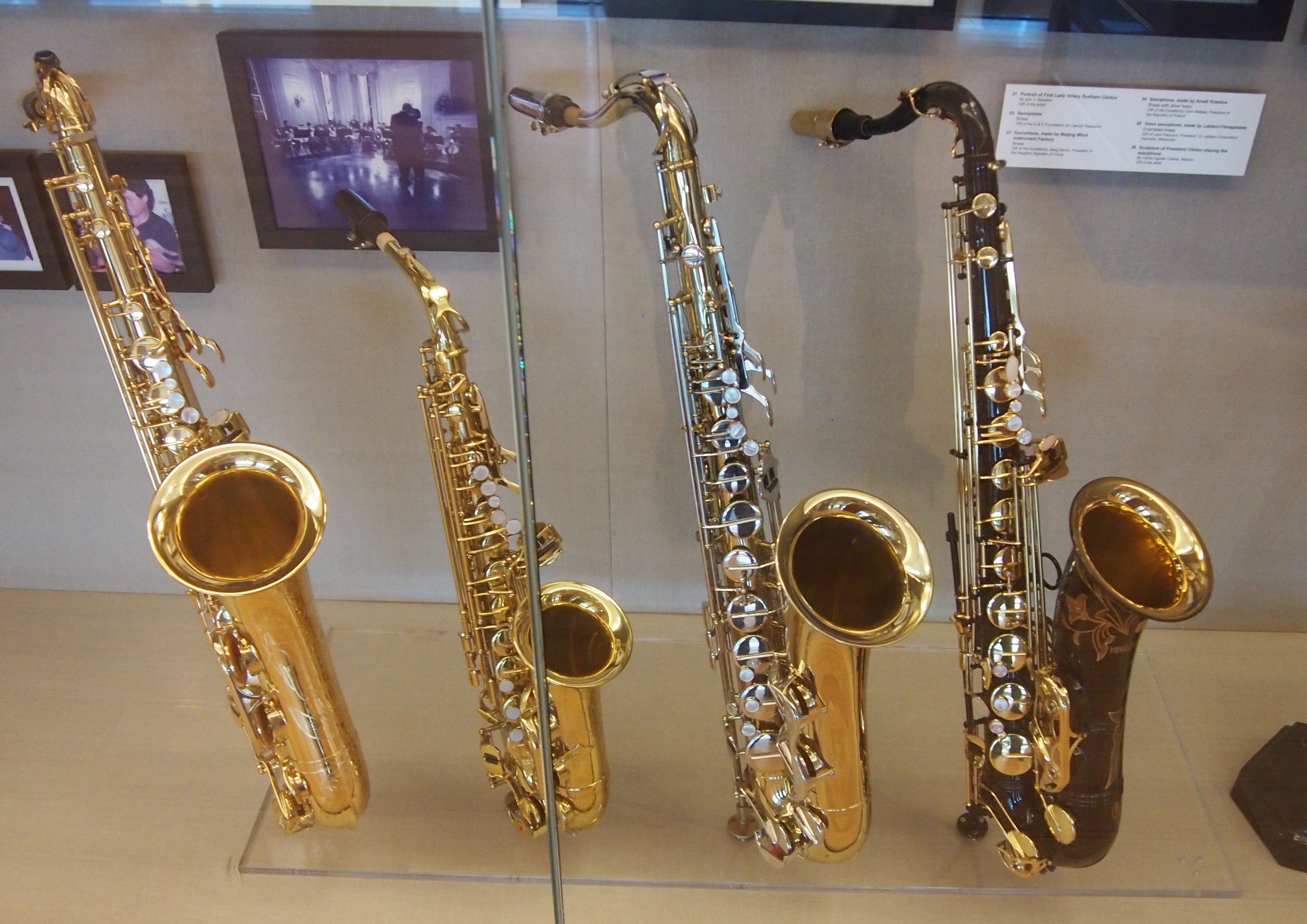 Something unexpected on display was a Chihuly, “Crystal Tree of Light,” one of two works the artist did for White House celebrations on December 31, 1999. Always good to happen across a Chihuly.
Something unexpected on display was a Chihuly, “Crystal Tree of Light,” one of two works the artist did for White House celebrations on December 31, 1999. Always good to happen across a Chihuly.
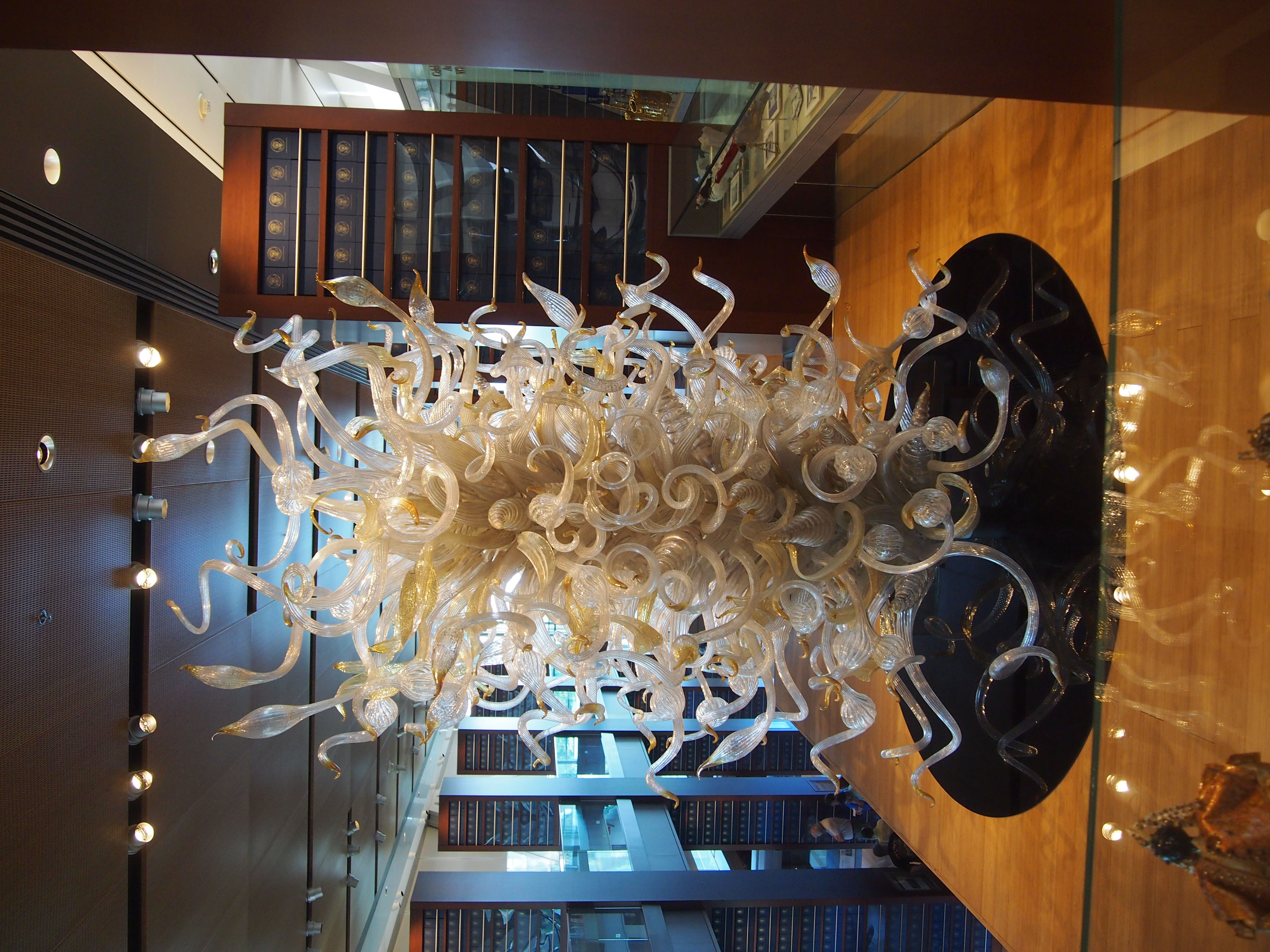 The museum also sports a replica Oval Office, designed to look like it did in the ’90s. Every presidential museum worth its salt has an oval office. This one has the distinction of being full-sized.
The museum also sports a replica Oval Office, designed to look like it did in the ’90s. Every presidential museum worth its salt has an oval office. This one has the distinction of being full-sized.
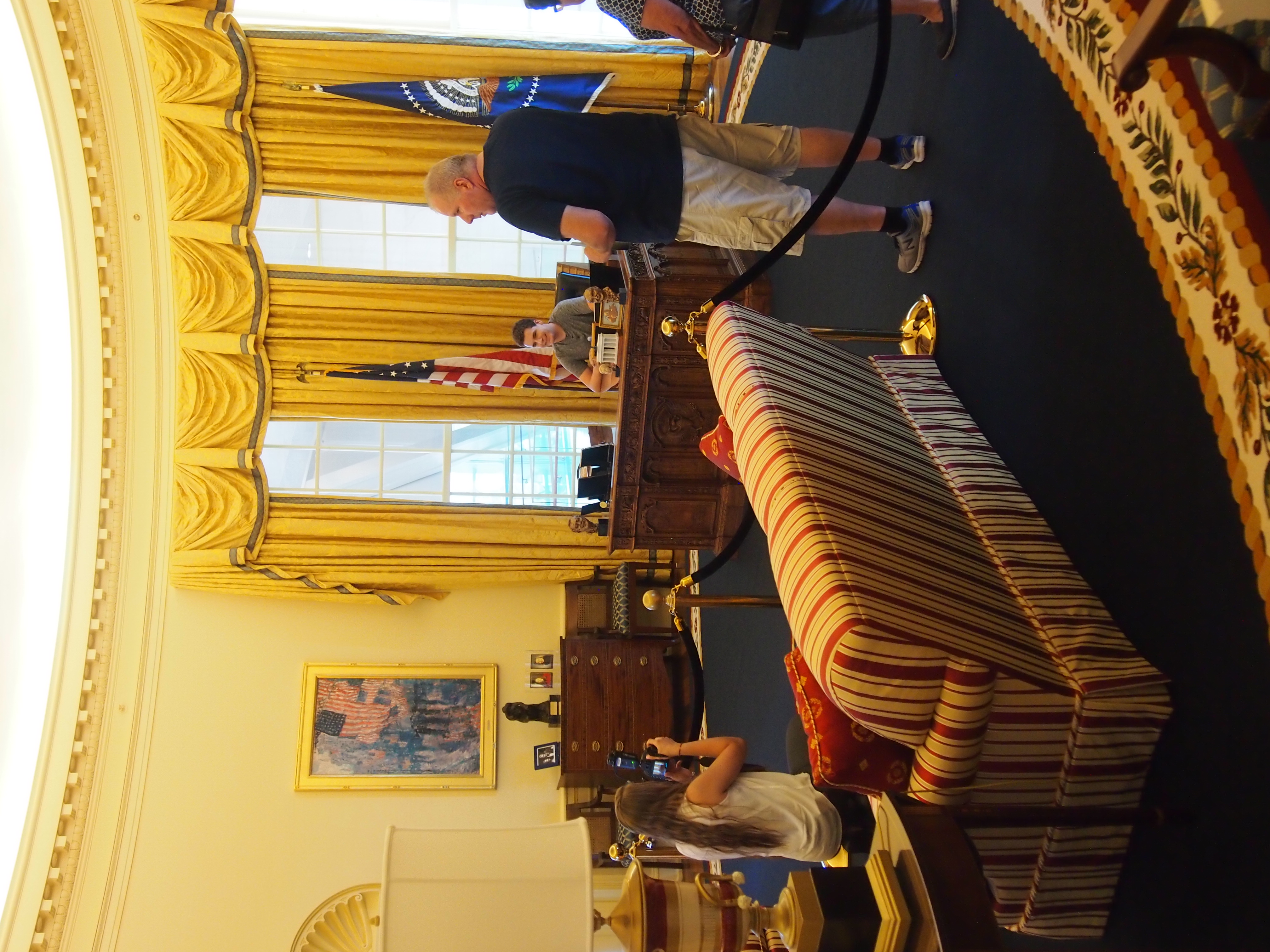 The full name of the facility refers to a park as well, and indeed it includes land along the Arkansas River. Best of all: there’s a nearby former railroad bridge, fully renovated and open for pedestrian and bicycle traffic since 2011.
The full name of the facility refers to a park as well, and indeed it includes land along the Arkansas River. Best of all: there’s a nearby former railroad bridge, fully renovated and open for pedestrian and bicycle traffic since 2011.
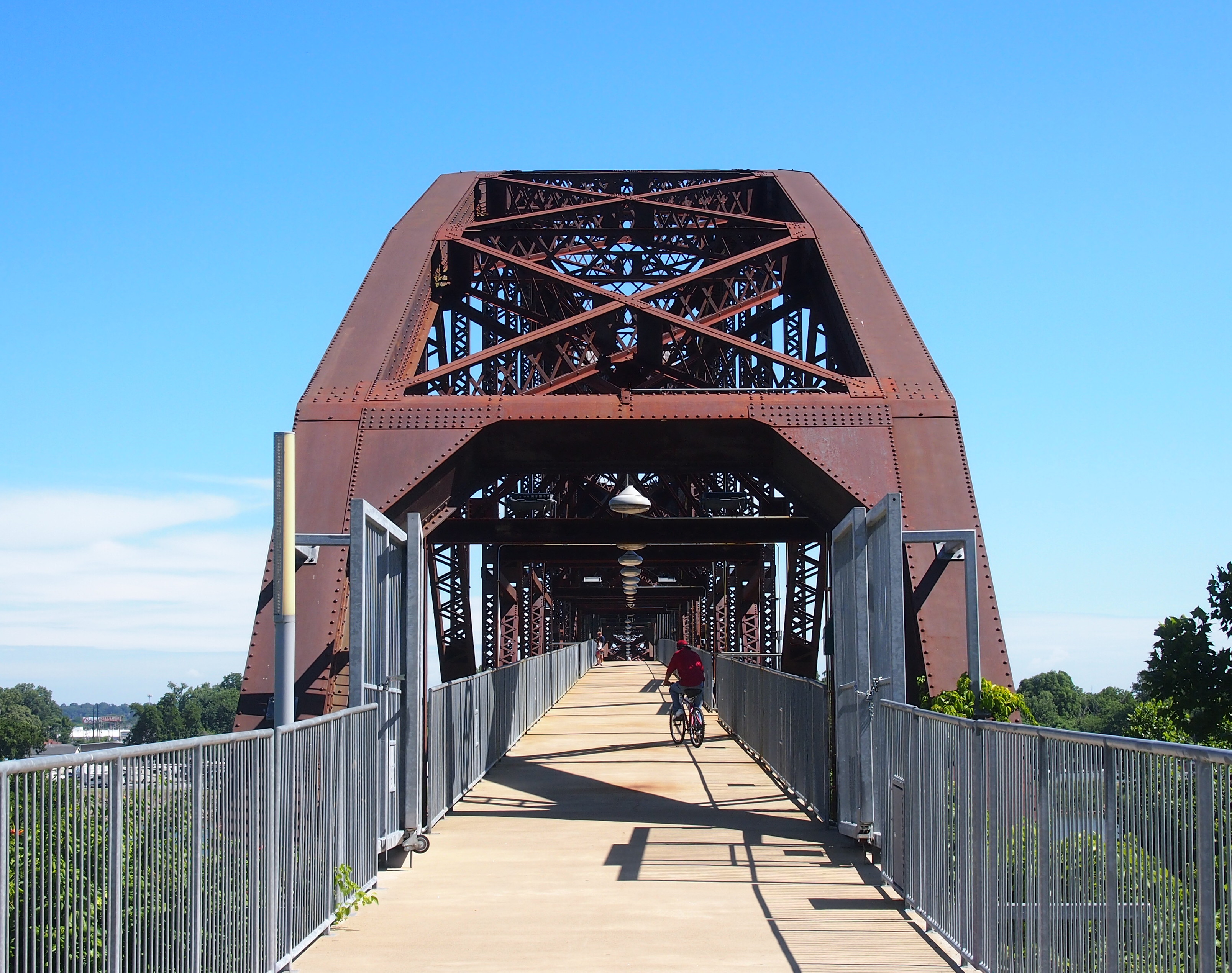 The Choctaw, Oklahoma & Gulf RR built the bridge in 1899. That’s a railroad I’d never heard of, and for good reason, since it was swallowed by the Chicago, Rock Island and Pacific RR by 1904. After all, the Rock Island Line is a mighty good road, the Rock Island Line is the road to ride.
The Choctaw, Oklahoma & Gulf RR built the bridge in 1899. That’s a railroad I’d never heard of, and for good reason, since it was swallowed by the Chicago, Rock Island and Pacific RR by 1904. After all, the Rock Island Line is a mighty good road, the Rock Island Line is the road to ride.
It’s a fine 19th-century work of iron, but even so illuminated by large 21st-century LED lights.
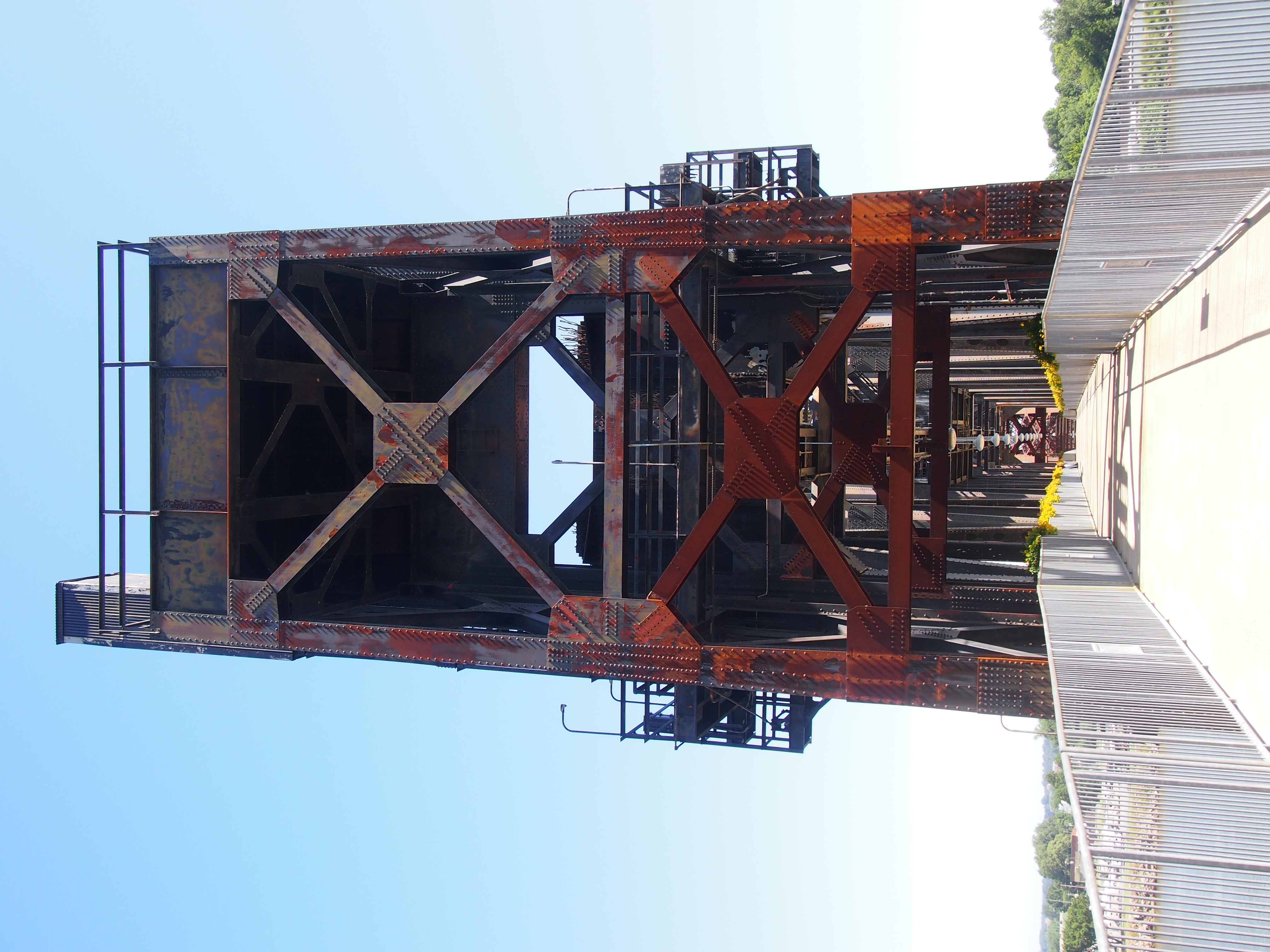 By the 1990s, the 1,600-foot structure had long since passed out of service as a railroad bridge, and was going to be dismantled. Instead, the City of Little Rock took possession, to make it part of a system of trails along the Arkansas River.
By the 1990s, the 1,600-foot structure had long since passed out of service as a railroad bridge, and was going to be dismantled. Instead, the City of Little Rock took possession, to make it part of a system of trails along the Arkansas River.
The bridge offers a nice view of downtown Little Rock.
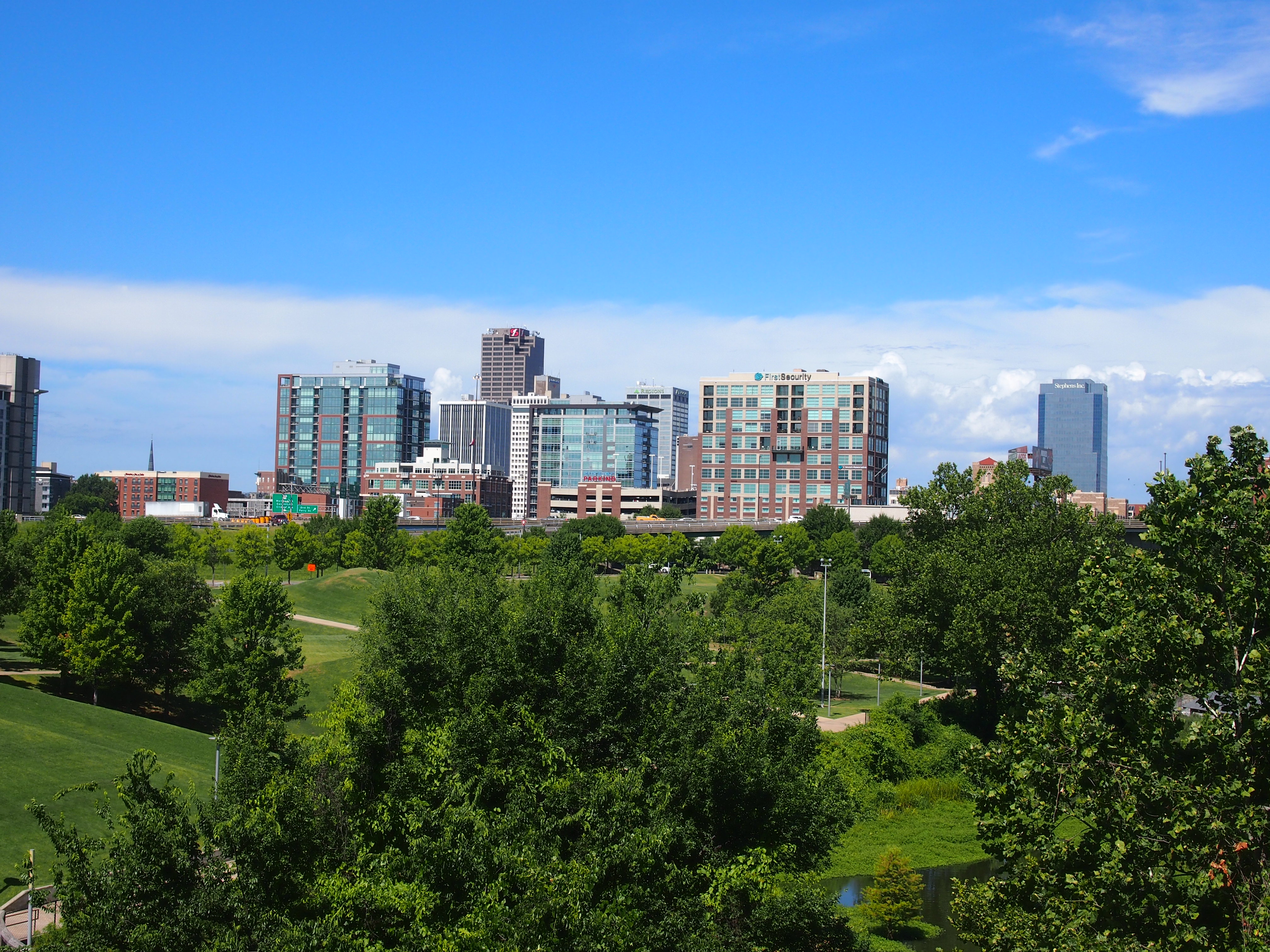 And the river.
And the river.
 All in all, it’s a good location for a presidential library. It isn’t crowded in by urban or suburban surroundings, like most I’ve seen, though Hoover’s is in a distinctly rural setting.
All in all, it’s a good location for a presidential library. It isn’t crowded in by urban or suburban surroundings, like most I’ve seen, though Hoover’s is in a distinctly rural setting.
